The next morning we headed to the local tourist destination, the Golden Rock – legend has it that the precariously balanced rock is held up by one of Buddha’s hairs. To get up the hill, we had to pile into the back of a truck which was driven extraordinarily fast up the mountainside.
Most of the locals, particularly the women and children, wear a yellow paste made from a local wood, as a kind of sunscreen and cooling aid.
Upon reaching the top, we had a long walk through crowds of locals and touristy shops before reaching the rock itself. You could opt to be carried in a sedan chair, but that was a little too much for us.
One shop had Chinese style remedies, including tiger teeth and bear claws on display.
We reached the entrance to the pagoda area and were greeted by a dozen or more ‘tourist police’. It seemed a little overkill, but we’ve arrived in the low season and the place is apparently packed during high season, so maybe the numbers are justified. Still, it did little to dispel the reputation of Myanmar as a police state.
From the top, there’s a great view down into the valley below – provided the clouds aren’t covering it.
The first view of the Golden Rock itself from afar is not that impressive – until you get a little closer and realise the size of it, and how much is hanging over the ledge.
We pressed on from here to the capital, Nay Pyi Taw, but again due to time management and some delays we ended up not getting in until almost 10 PM. The following morning we set off to the see one of the largest pagodas in the country, but stopped to check out the roads. Nay Pyi Taw is the new capital, built less than 10 years ago, and it feels like a ghost town. The roads are at least eight, and up to twenty lanes wide, and have almost no traffic. All the government buildings and offices have been moved there but there’s no houses or markets, or any other normal sign of life – it’s an extremely strange place. We stopped at the widest part, 10 lanes each direction, for some photos.
Near the pagoda itself is an elephant enclosure. In Burmese culture, having white elephants is a symbol of power, and is considered extremely lucky – here, they have five.
Then it was time to tackle the pagoda itself. Removing your shoes at the bottom, you have to almost run up the marble steps that are burning hot in the sun.
Inside, the traditional Burmese layout is to have four effigies of Buddha, one facing each cardinal direction. Here, they’ve decorated them with flashing LED lights for added effect.
From here we rolled up the highway for a few hours before turning off to see the real countryside. One town that we passed had a huge boat shaped like a golden duck – very strange!
Although this was a lot more interesting viewing, it meant again that we were delayed and caught after dusk. Around 7 PM in total darkness we were still 50 kilometres from our goal, Bagan, when a monsoonal thunderstorm hit – delaying us even further. Soggy and annoyed, we retired for the night.
Arising extremely early the next morning, we set off to watch the sun rise over the plain, slowly revealing innumerable pagodas and temples (in fact there are some 2,229 ancient structures still standing in the area).
Back at the hotel for breakfast and a quick nap, Ghighi tried the local wood face cream.
Feeling refreshed after a nap then coffee, we headed back out into the old city to check out some of the larger temples. So many different icons of Buddha, and in a very unique Burmese style that’s very distinct from the Thai, Cambodian or Laotian statues we’ve seen so far. The first temple was the Dhammayangyi, the largest temple in Bagan.
The next temple was Thatbyinnya Phaya, the tallest temple in Bagan at 61 metres high.
One of the unique local handicrafts is the sand paintings – a mixture of sand and glue onto cotton that has a very distinctive texture and detail. We found a local working on his own, among the dozens of touts selling mass produced ones.
The third and final temple for the morning tour was Ananda Phaya, which has a very unassuming entrance leading to a beautiful structure and pagoda behind.
There’s a (quite rude) expression in Australia, to be “as happy as a dog with two d*cks” – well, I think I’ve found them: all the temple guardians are, ahem, extraordinarily well endowed.
Inside, there’s a donation plate with Buddha’s footprints – it’s very lucky apparently.
The original teak doors are carved from a single, massive tree trunk.
The Buddha statues here are enormous. Following the Burmese pattern of one facing each cardinal direction, the North and South Buddhas are original, while the other two are reproductions after being damaged by fire.
With the midday heat pushing temperatures over 40 degrees, we retired to the hotel for lunch and another nap – riding all day into the night, then a 5AM dawn start really takes it out of you! Later in the afternoon we took the bikes out and explored the plain, riding down dirt tracks between thousand year old stupas. No security, no other tourists, only a few locals on scooters going back and forth…it’s an amazing place.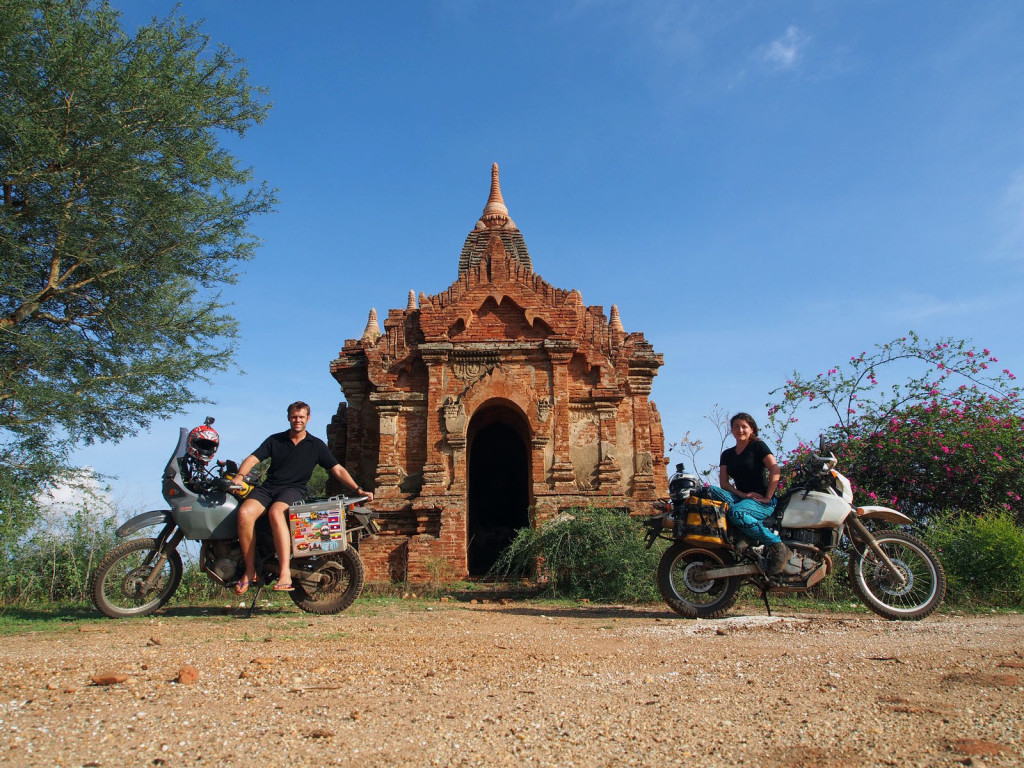
The locals still mostly rely on buffalos both for transport and farm work – in most of the rest of South-East Asia they’ve been replaced by the cheap Chinese-made tractors.
Later in the evening we tried to take a sunset cruise on the Irrawaddy River, but had to turn back shortly after we left due to an incoming storm and the wind changing. There’s yet another temple and stupa on the riverbank, too.
With a little bit of light left in the day, we visited another major temple, the Shwezigon, for the sunset.
Ghighi bought an offering of gold leaf to apply to a devotional Buddha – it’s supposed to grant a wish.
There were some child monks being taken around the pagoda as well.
With the light failing, we headed back to the room.

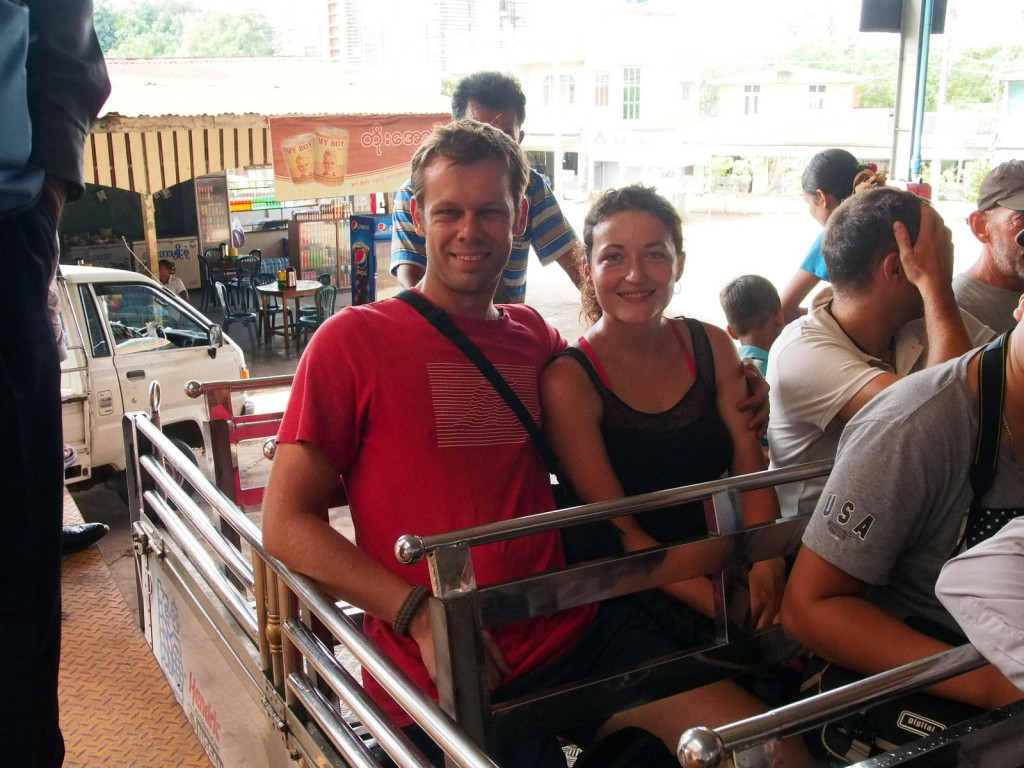
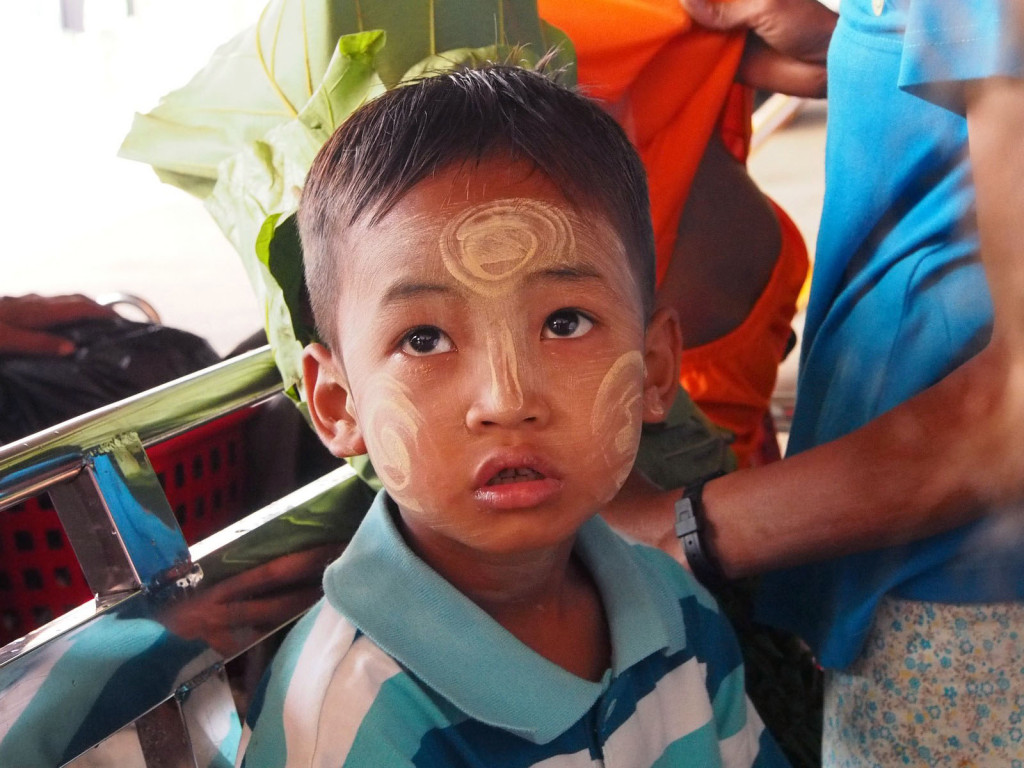
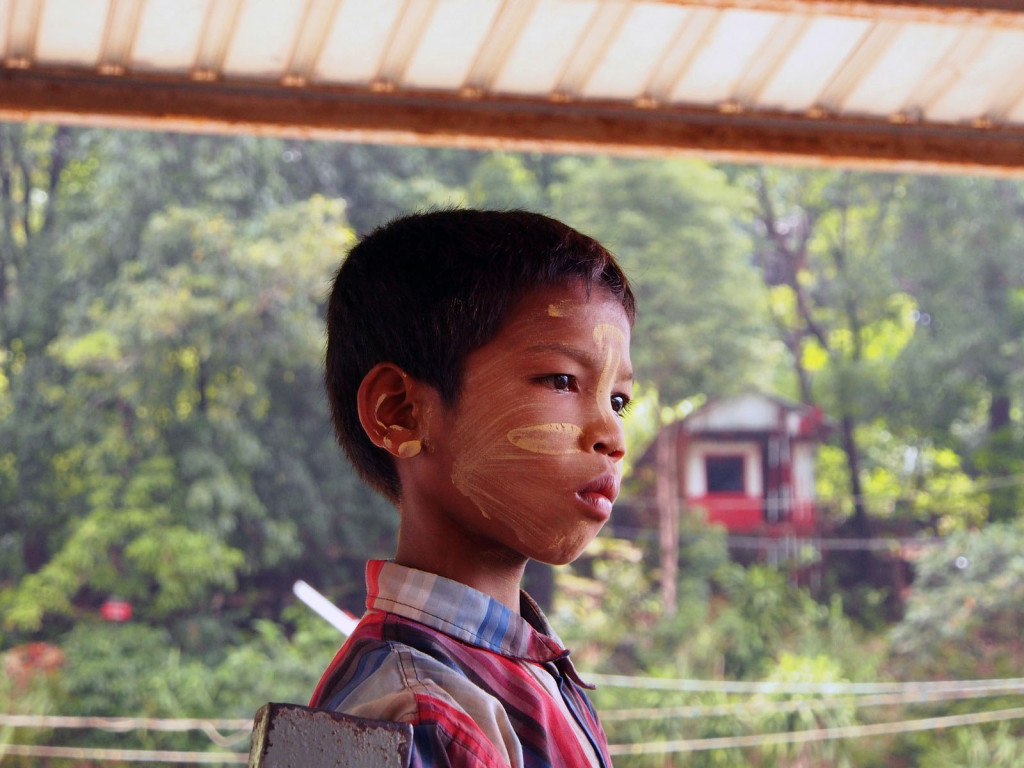
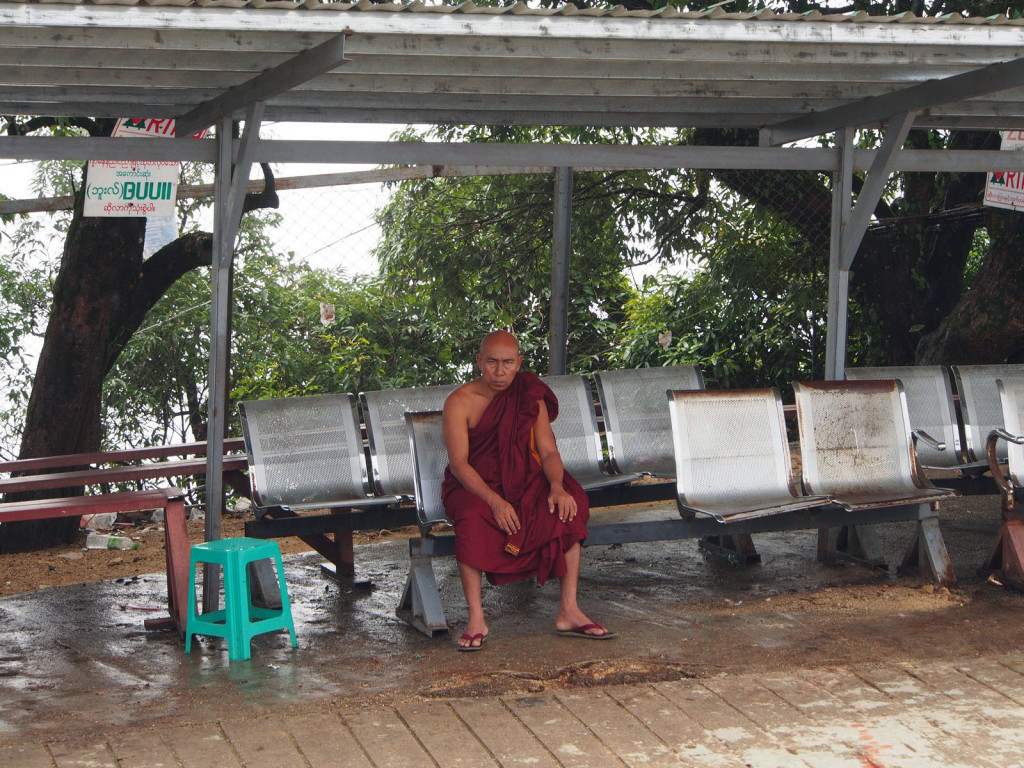
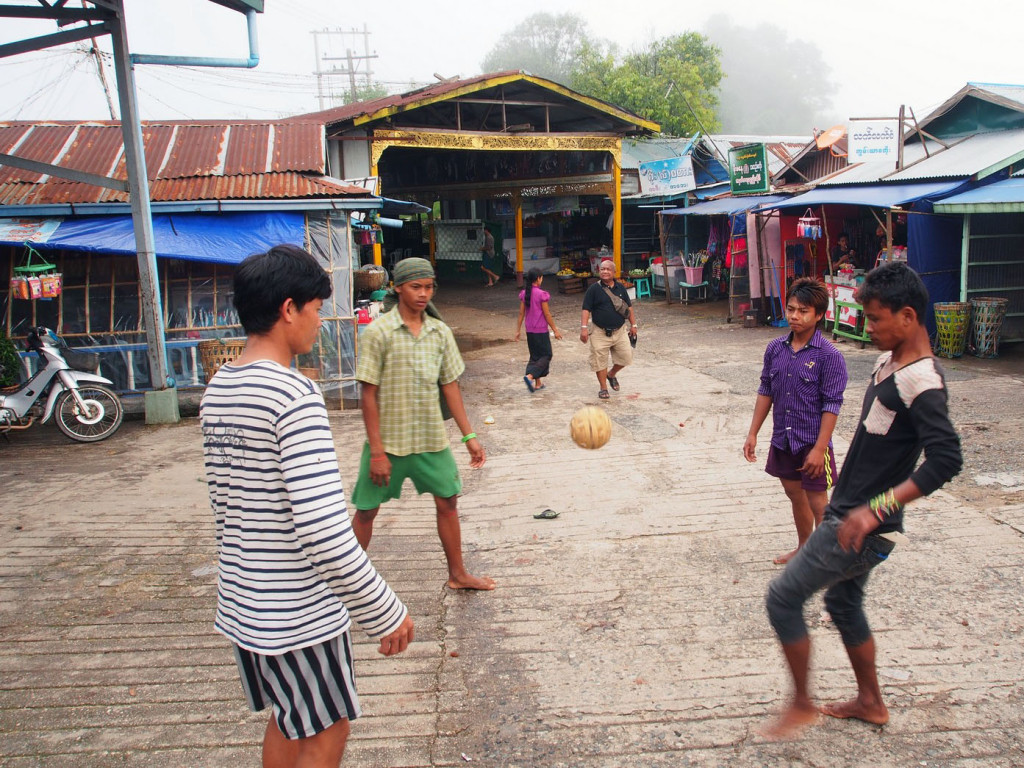
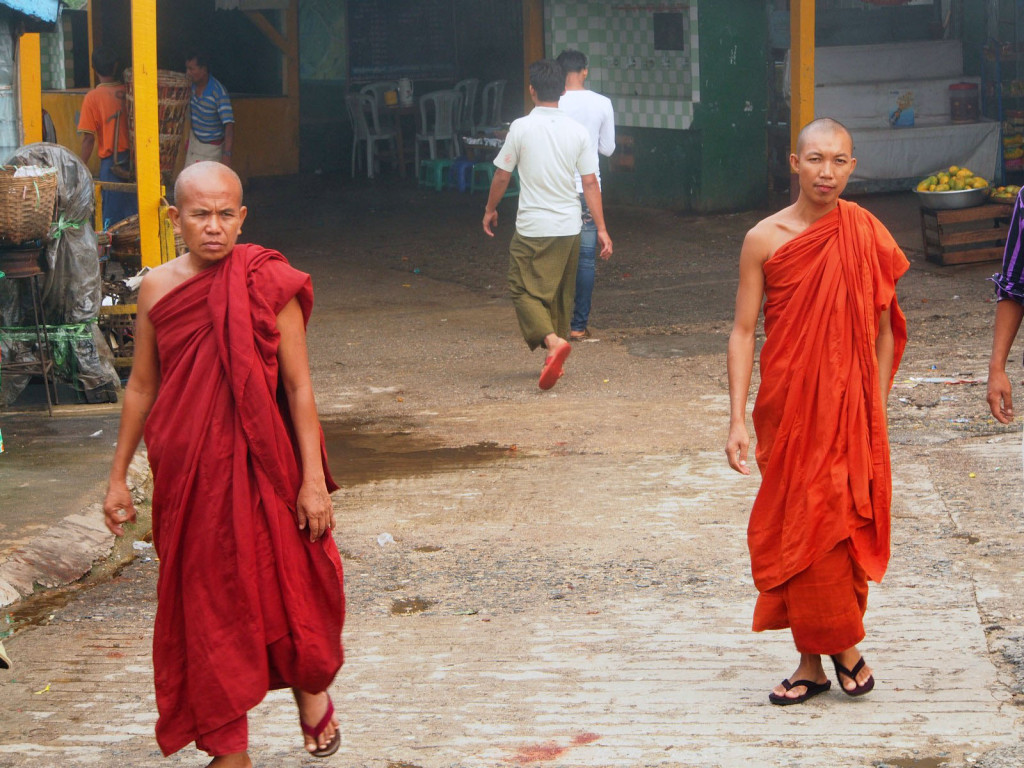
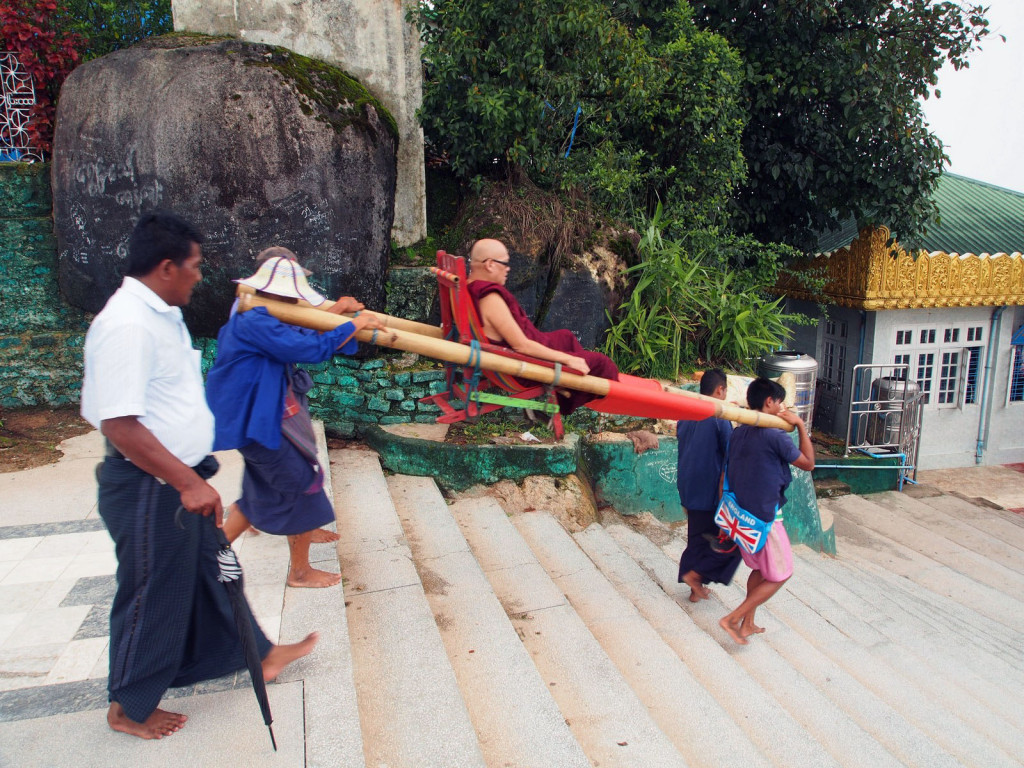
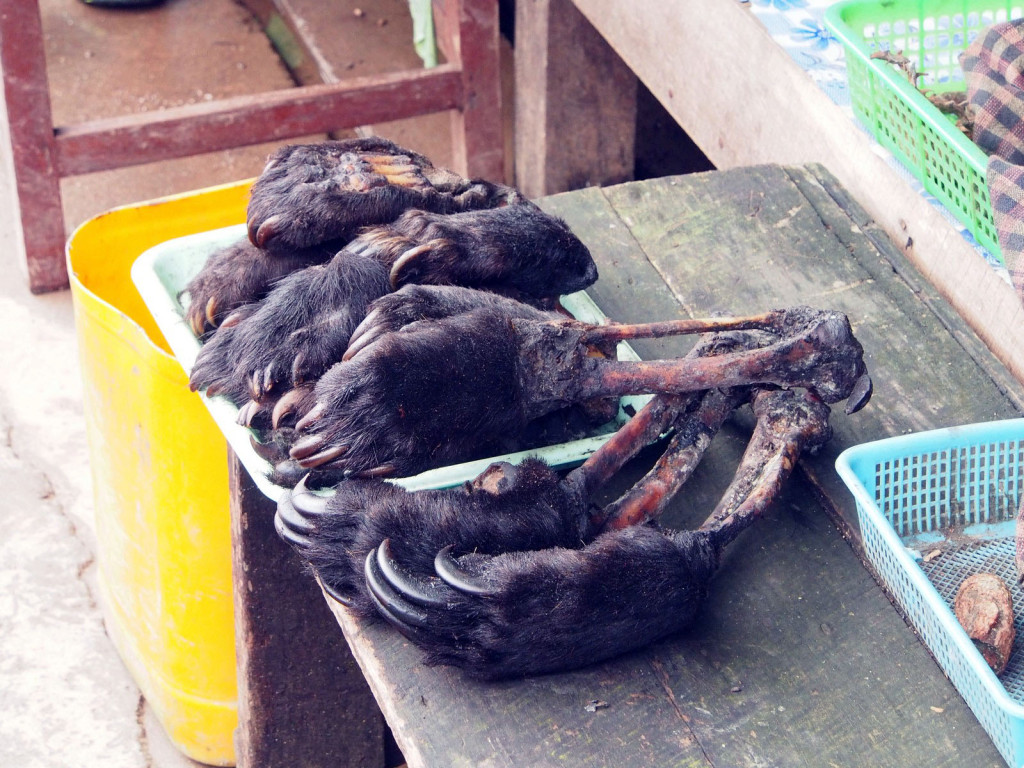
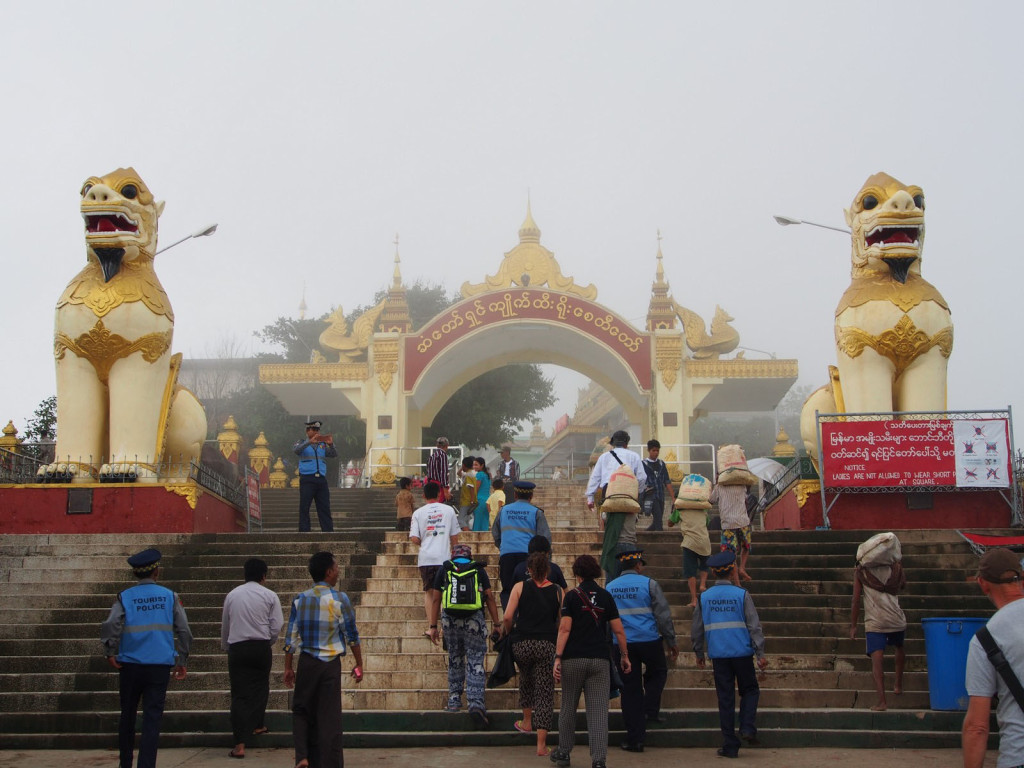
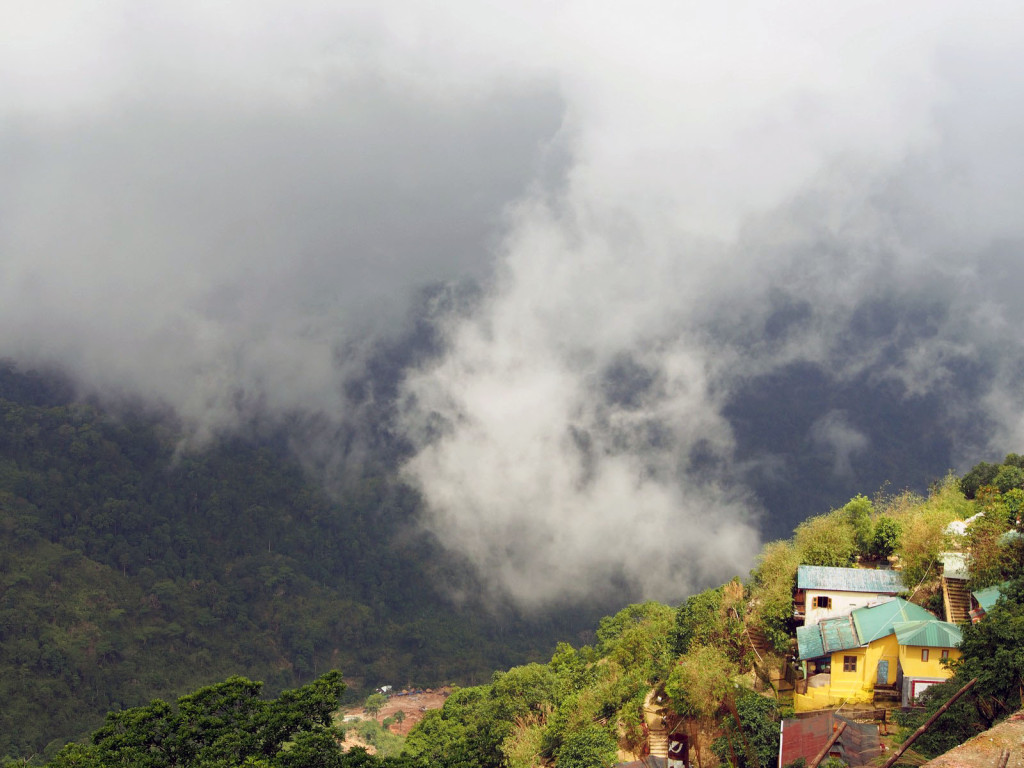
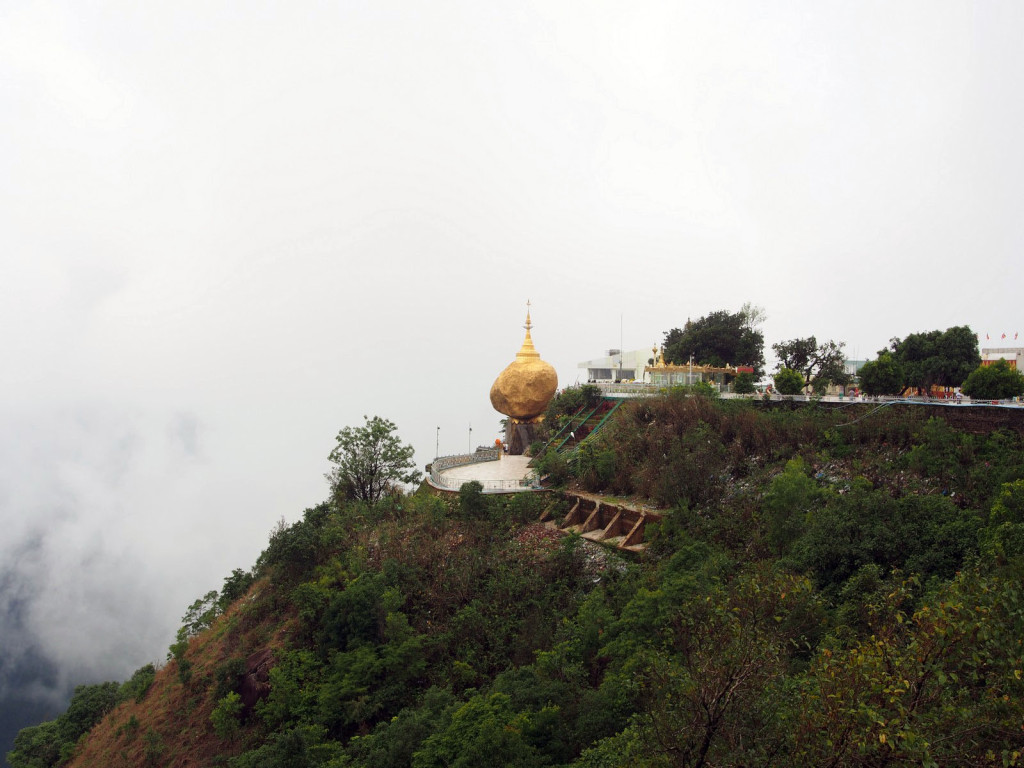
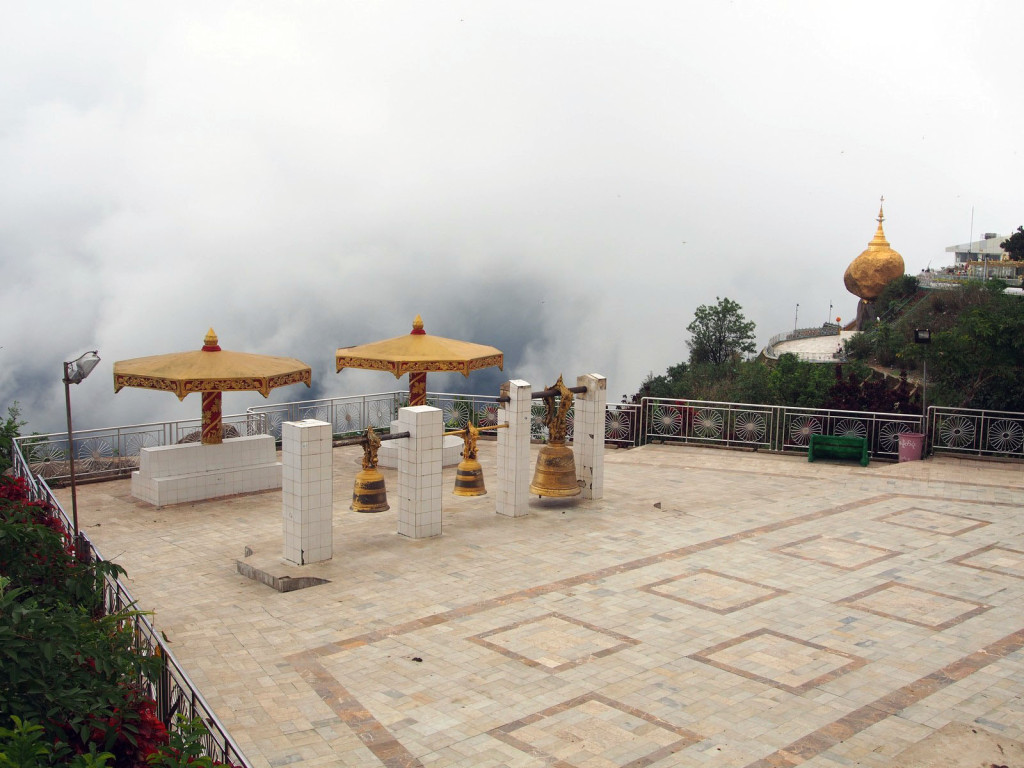
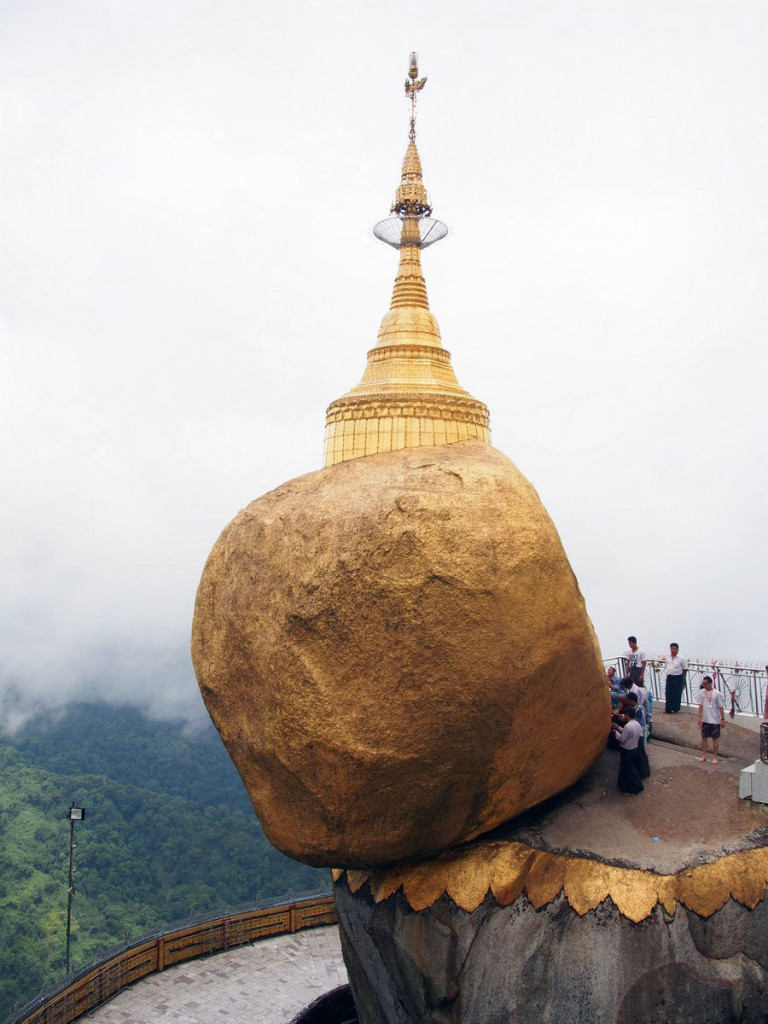
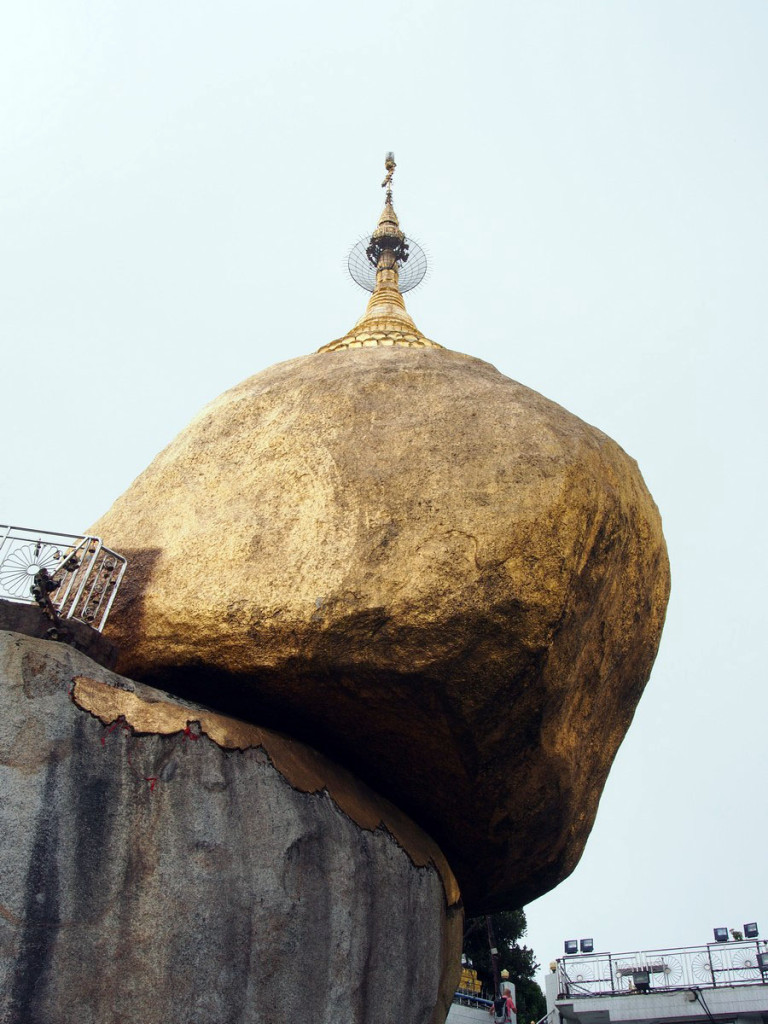
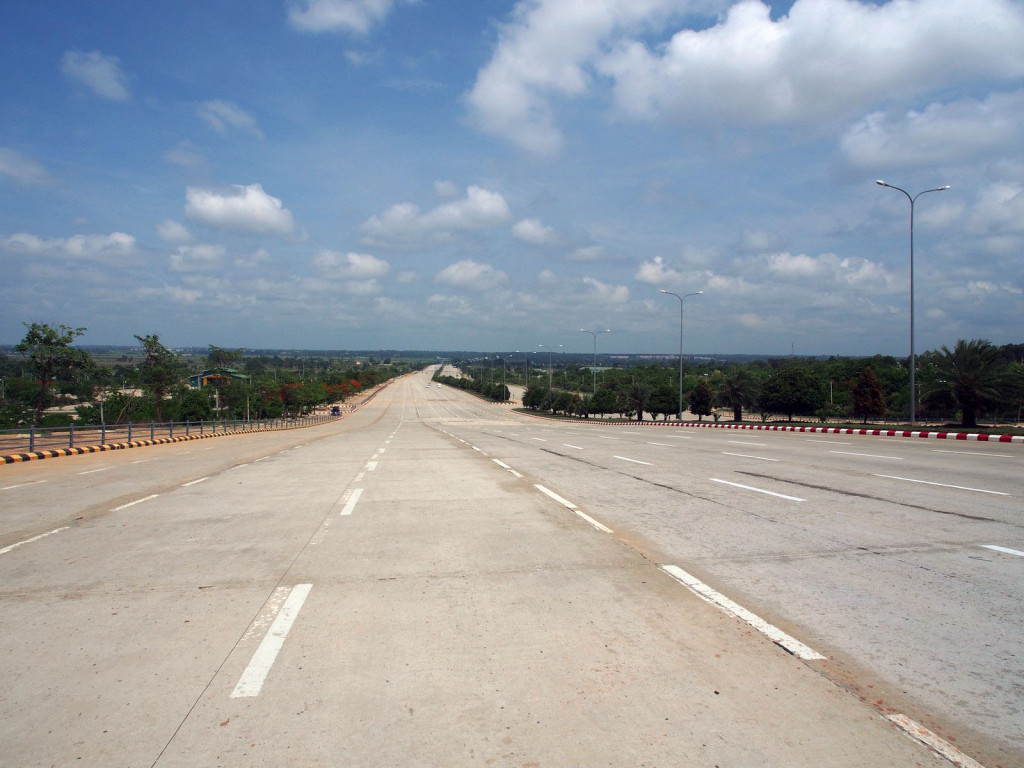
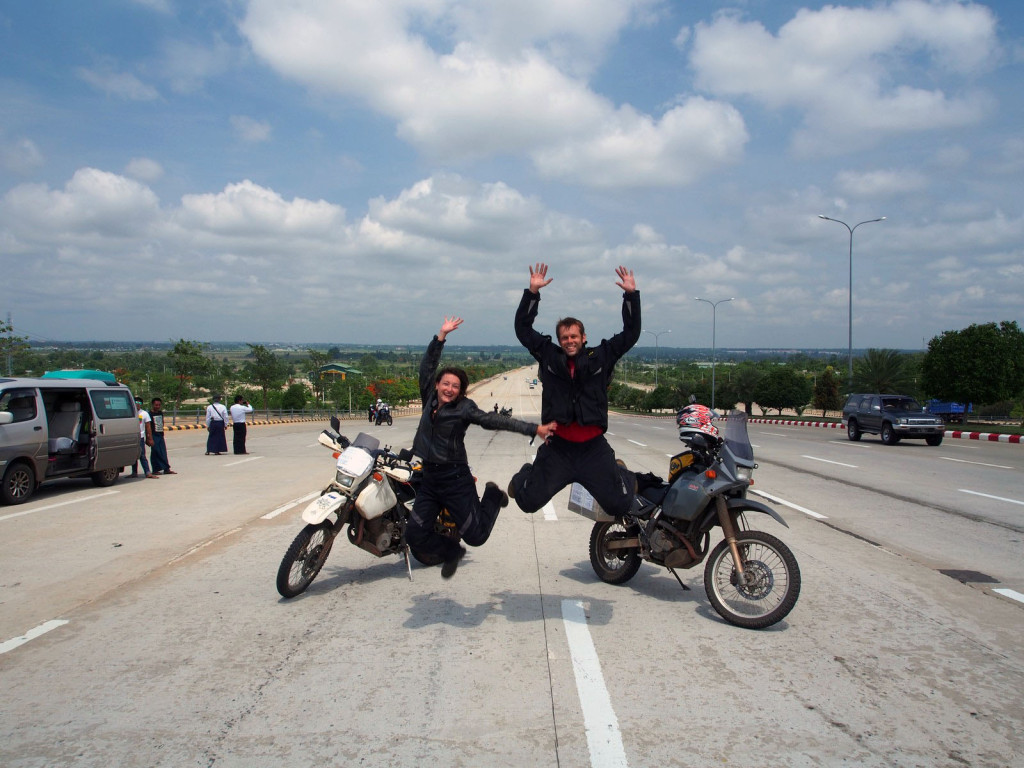
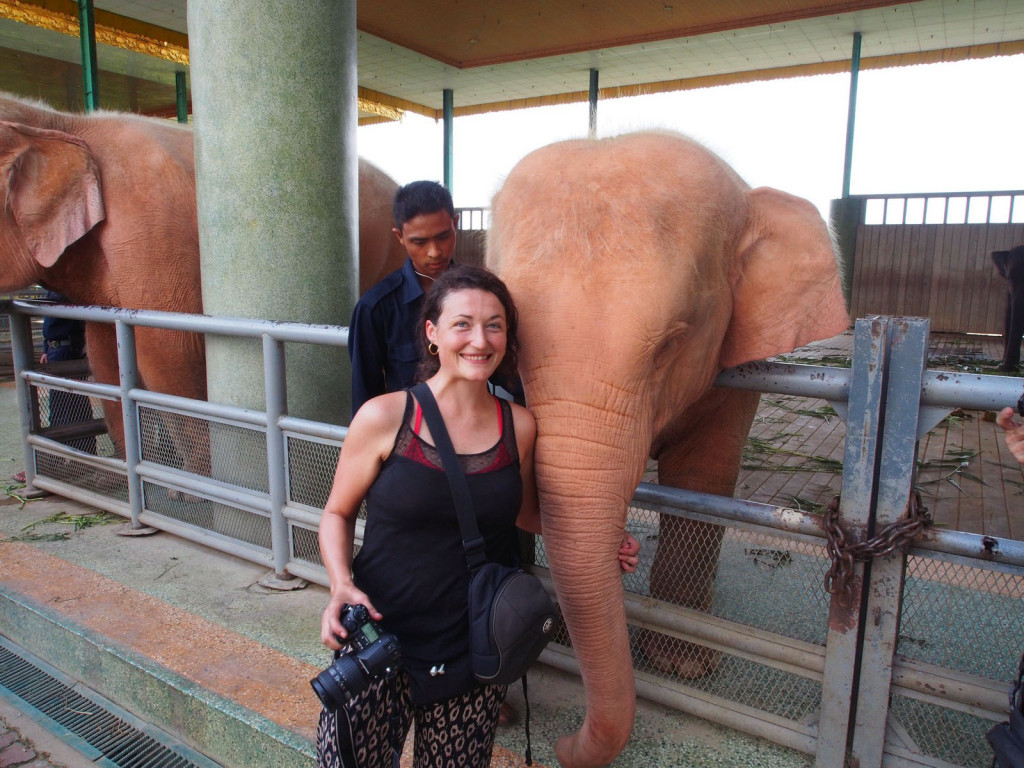
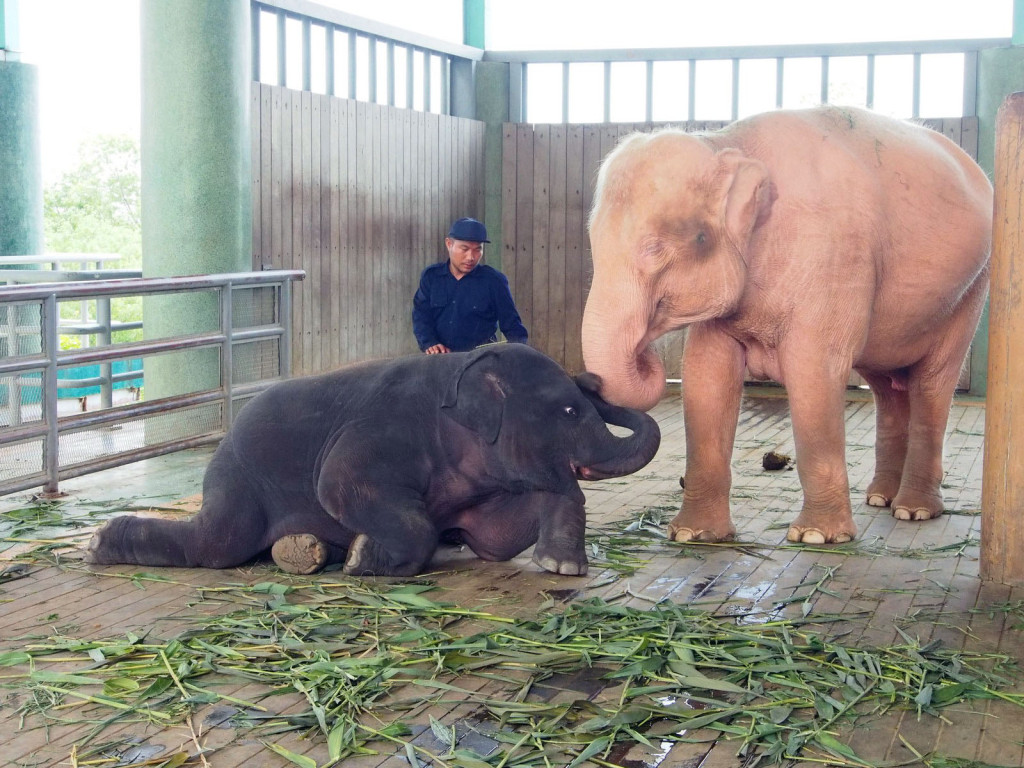
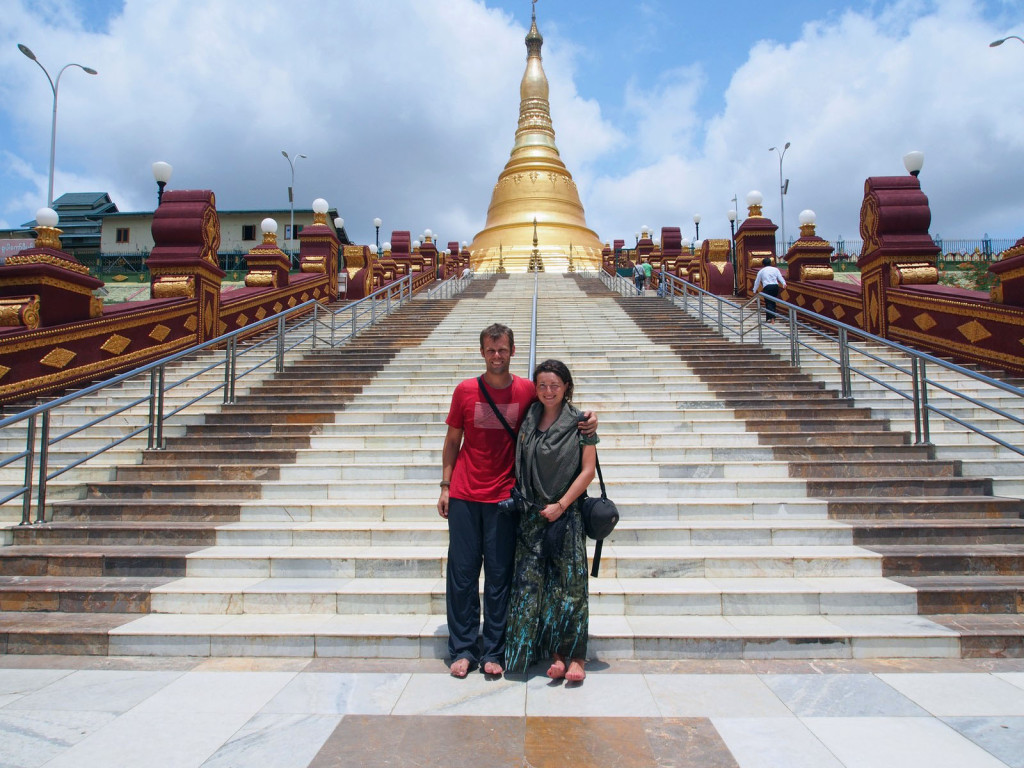
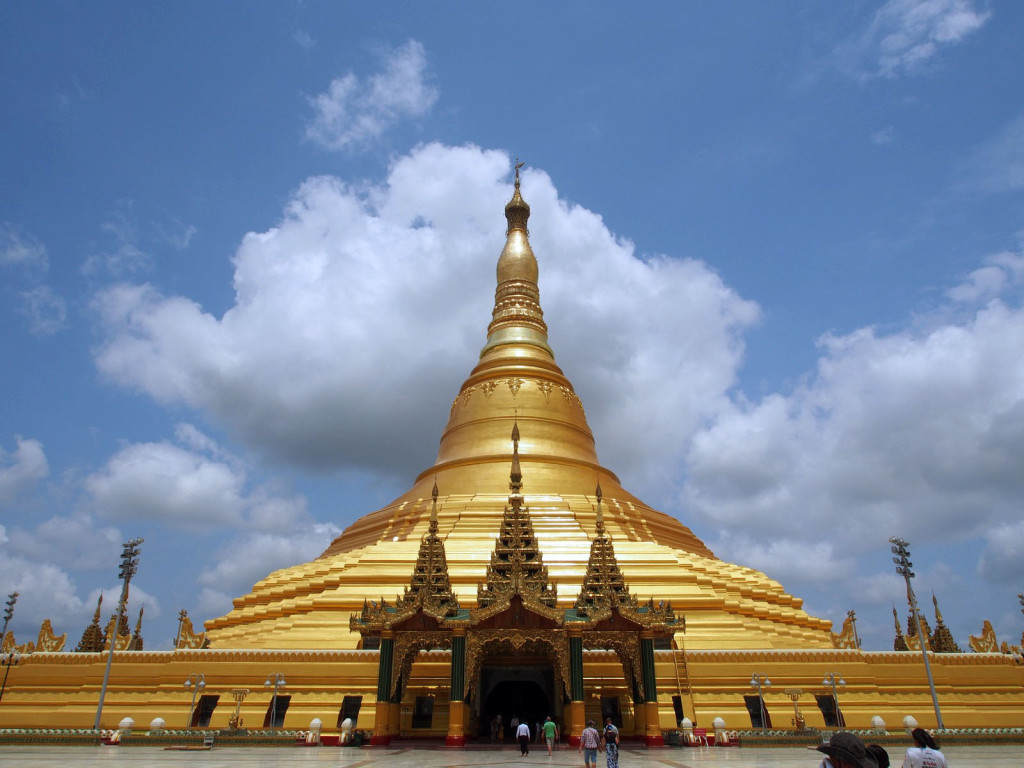
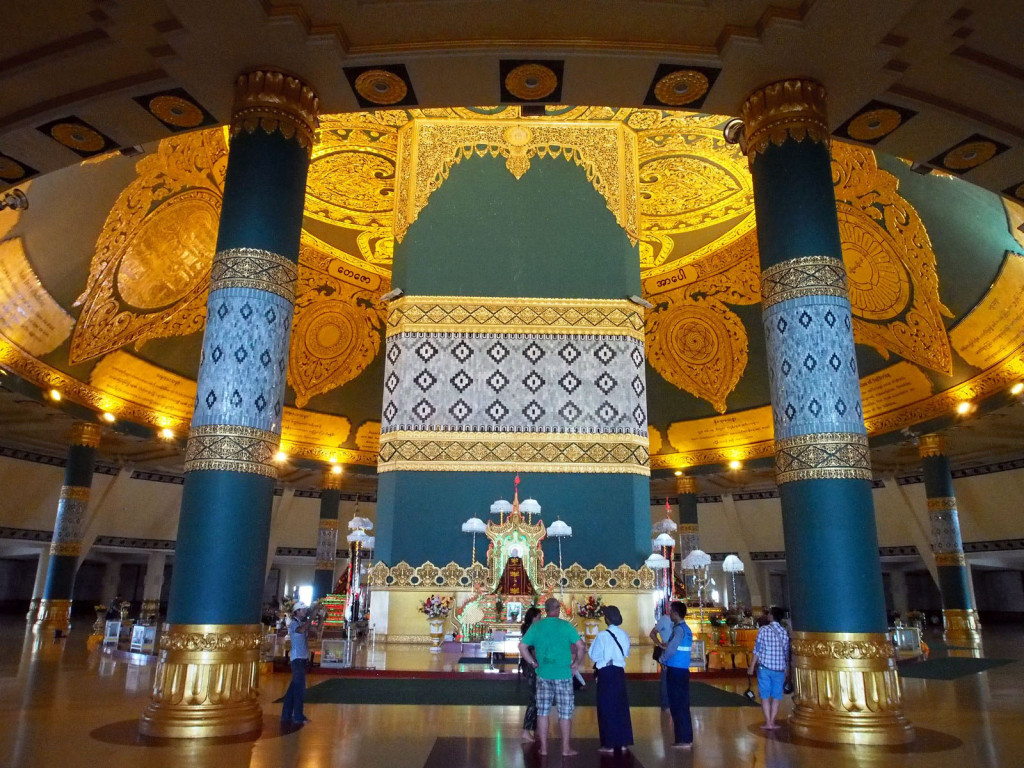
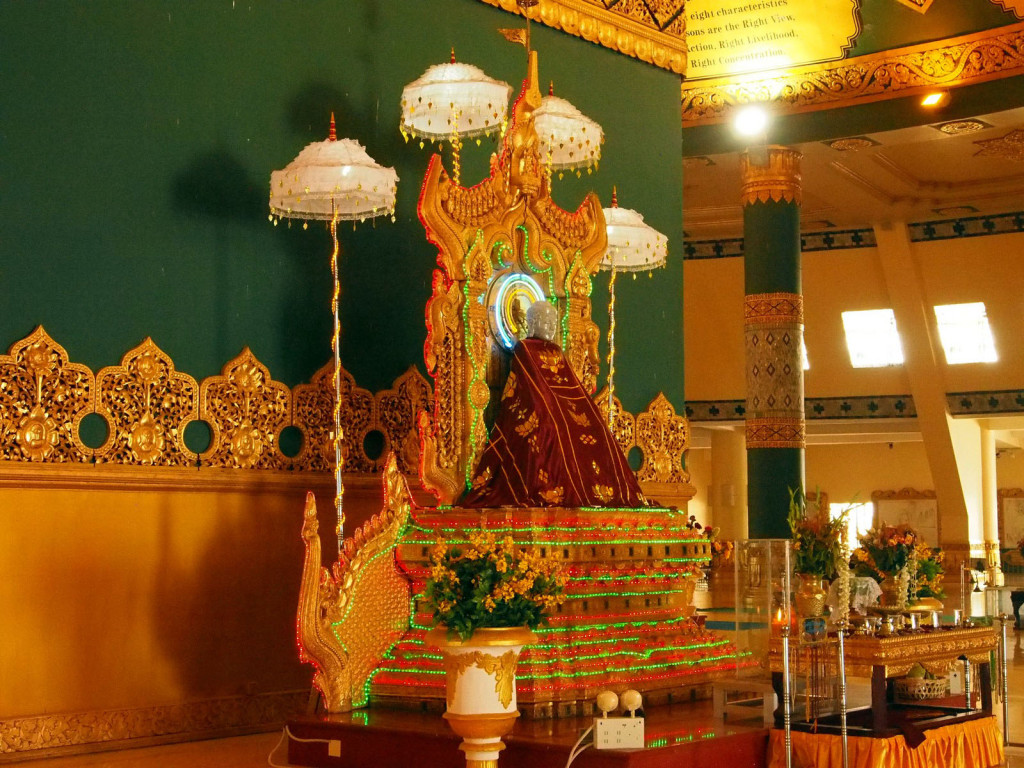
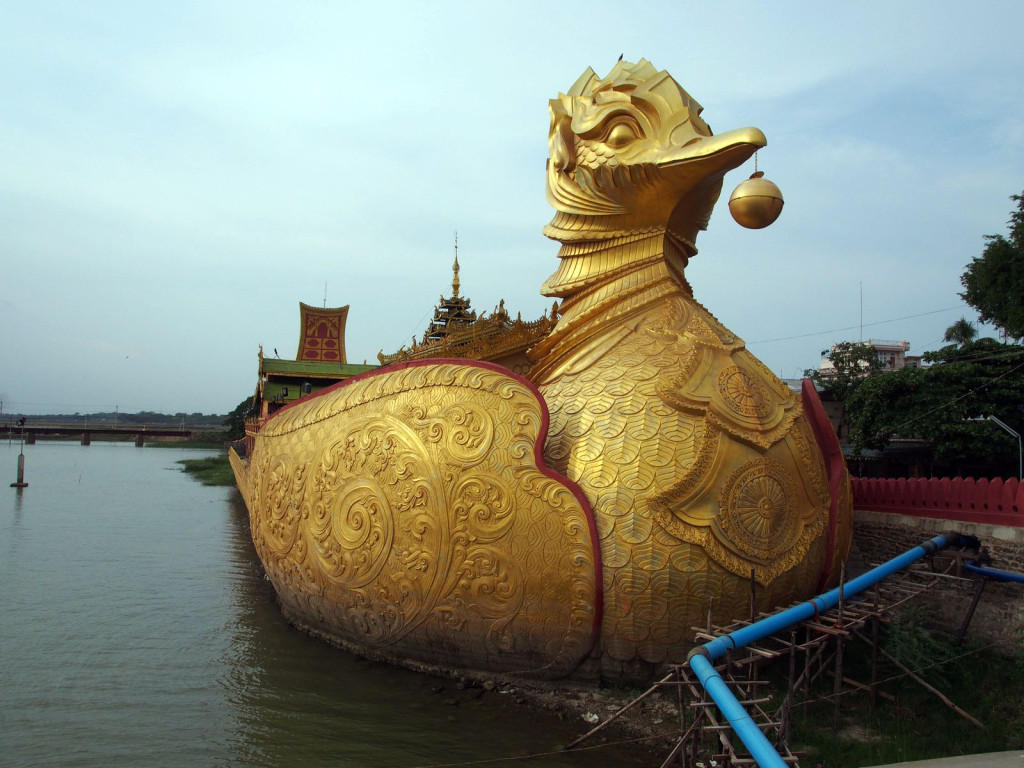
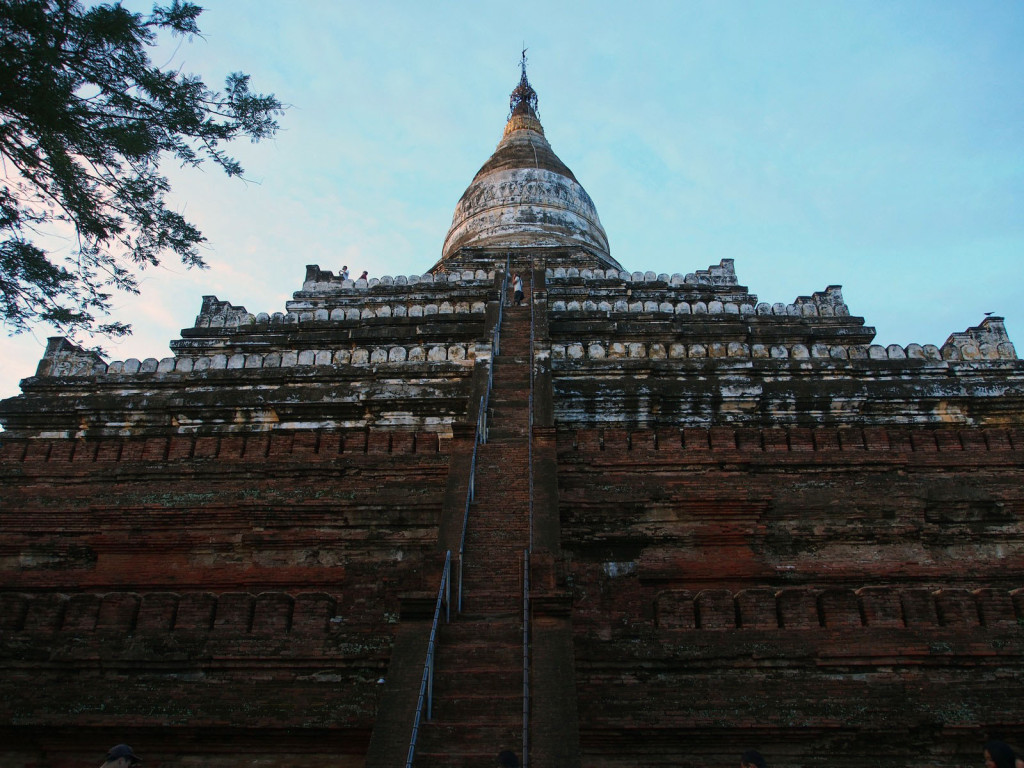
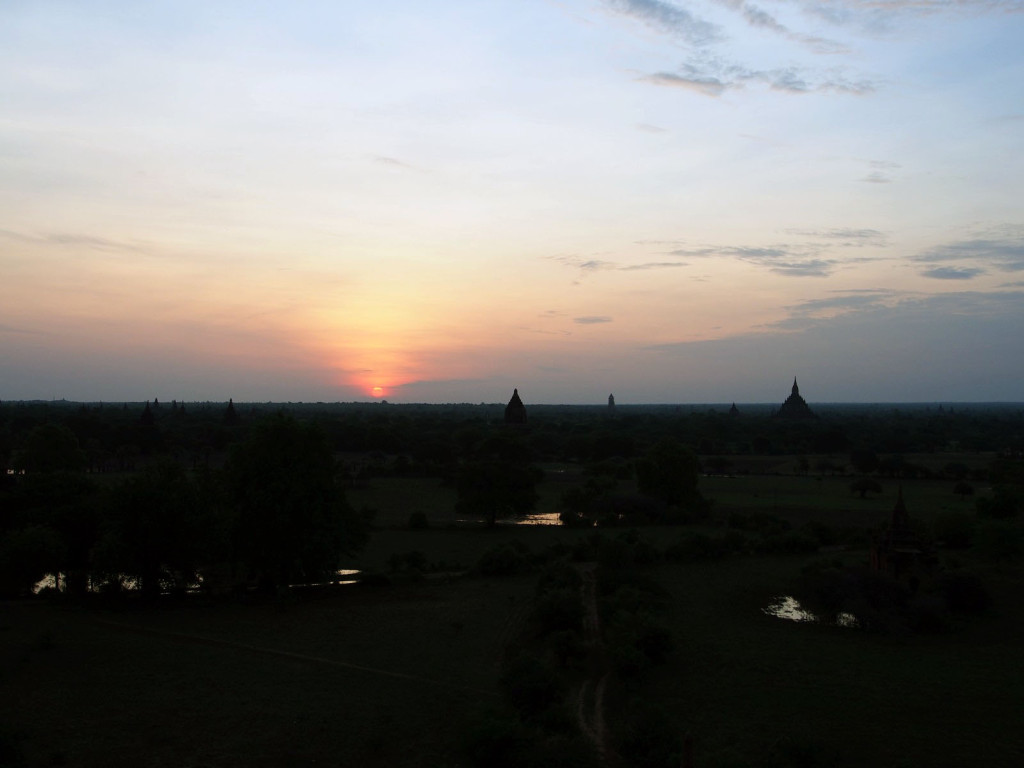
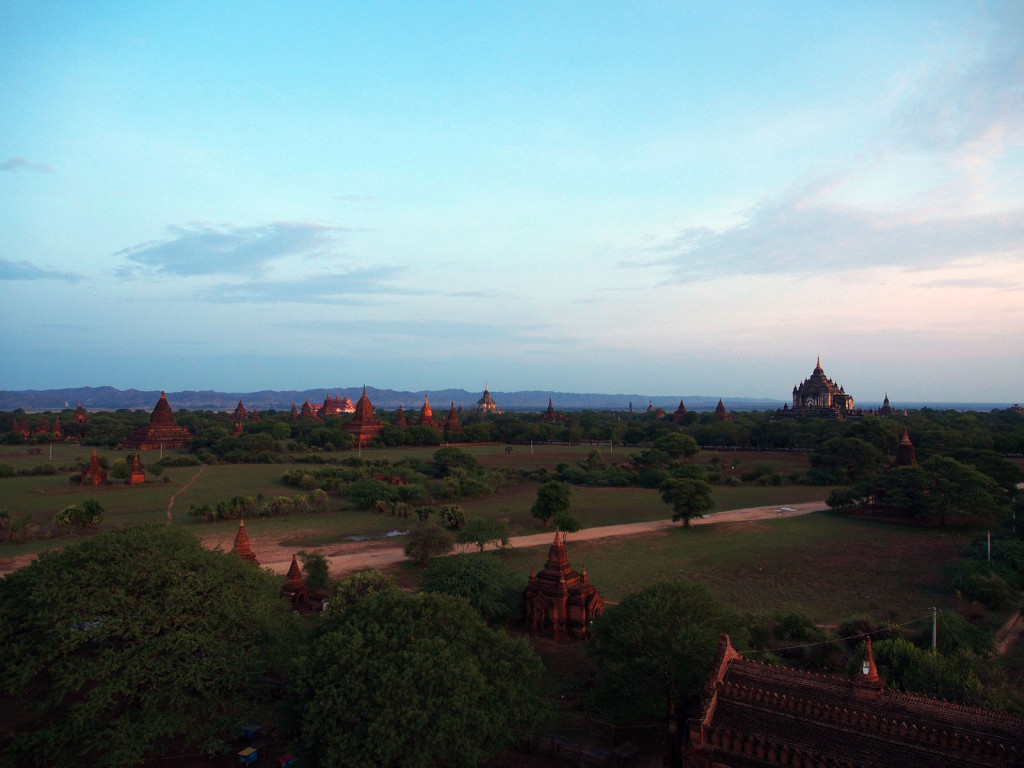
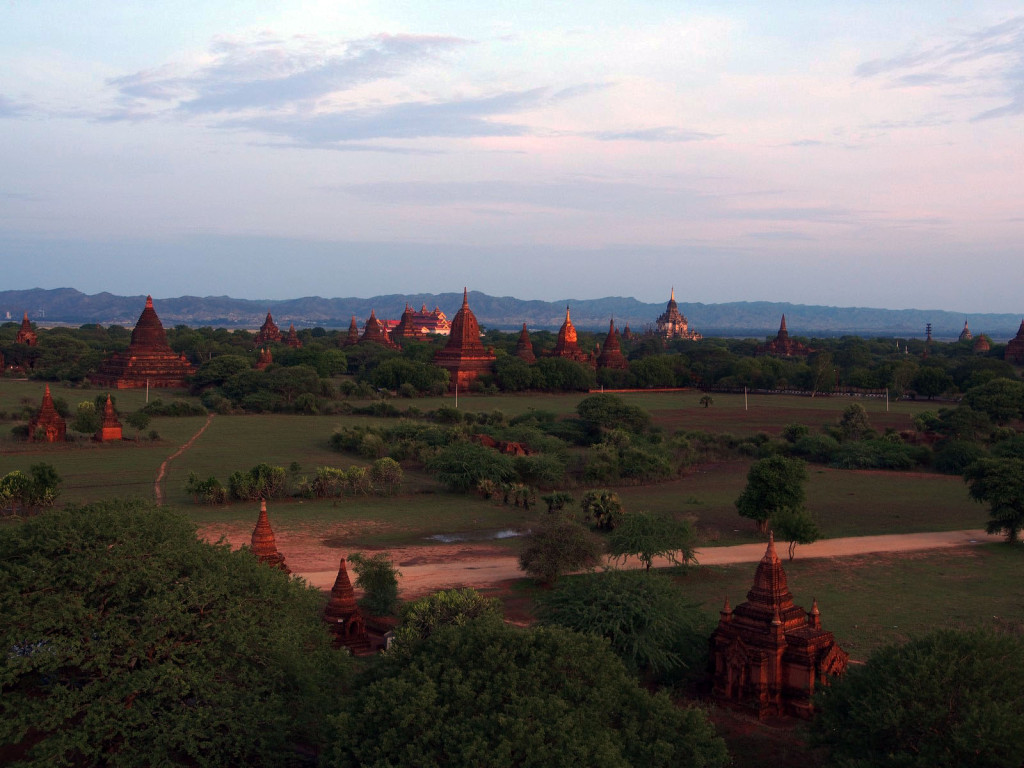
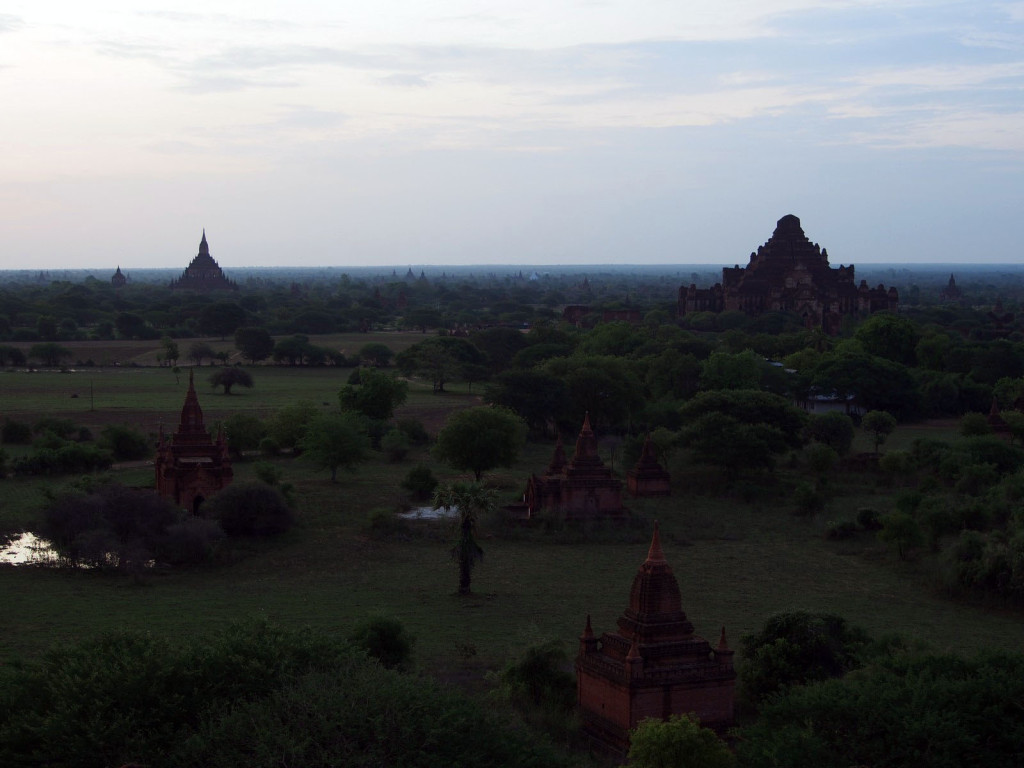
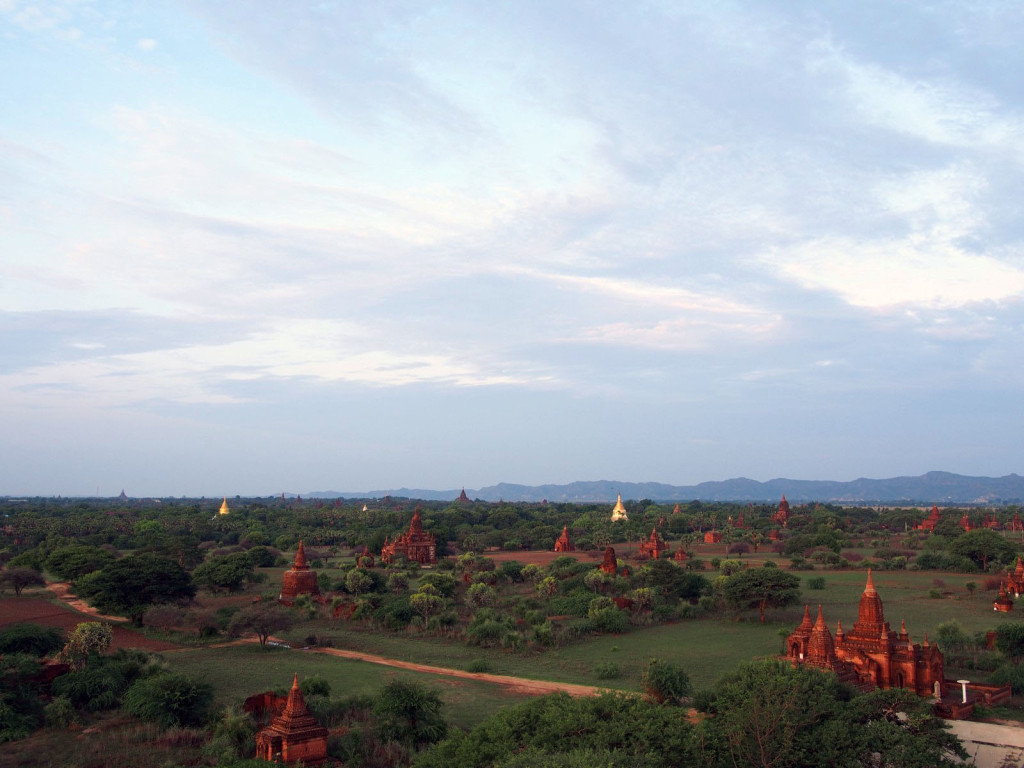
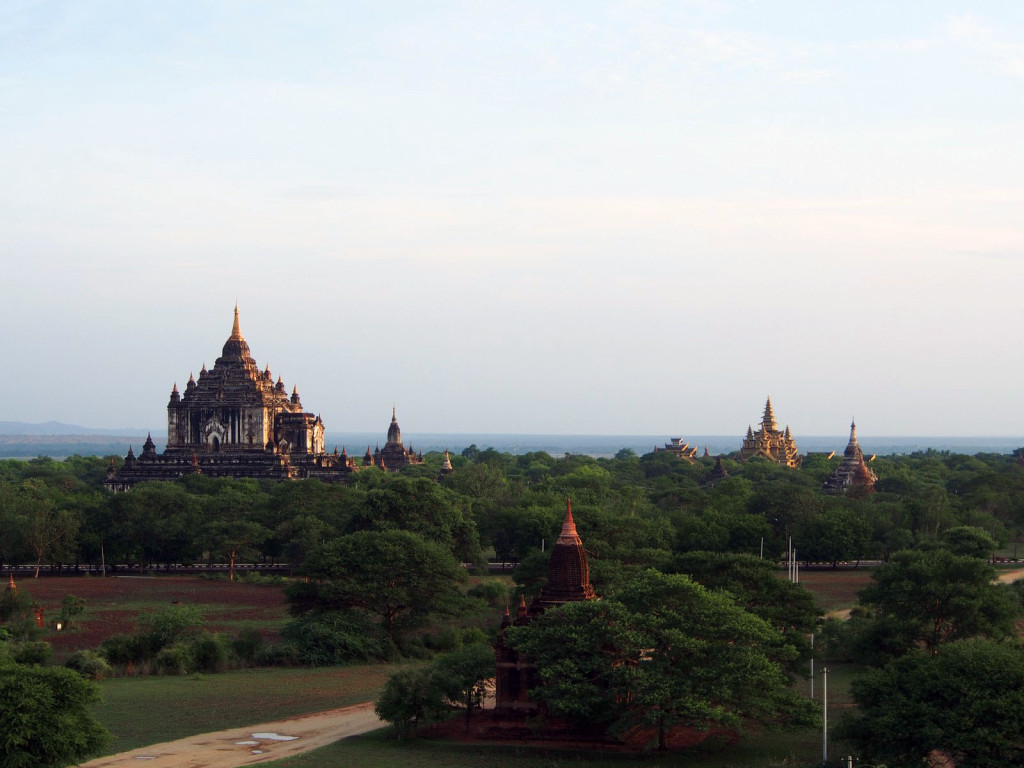
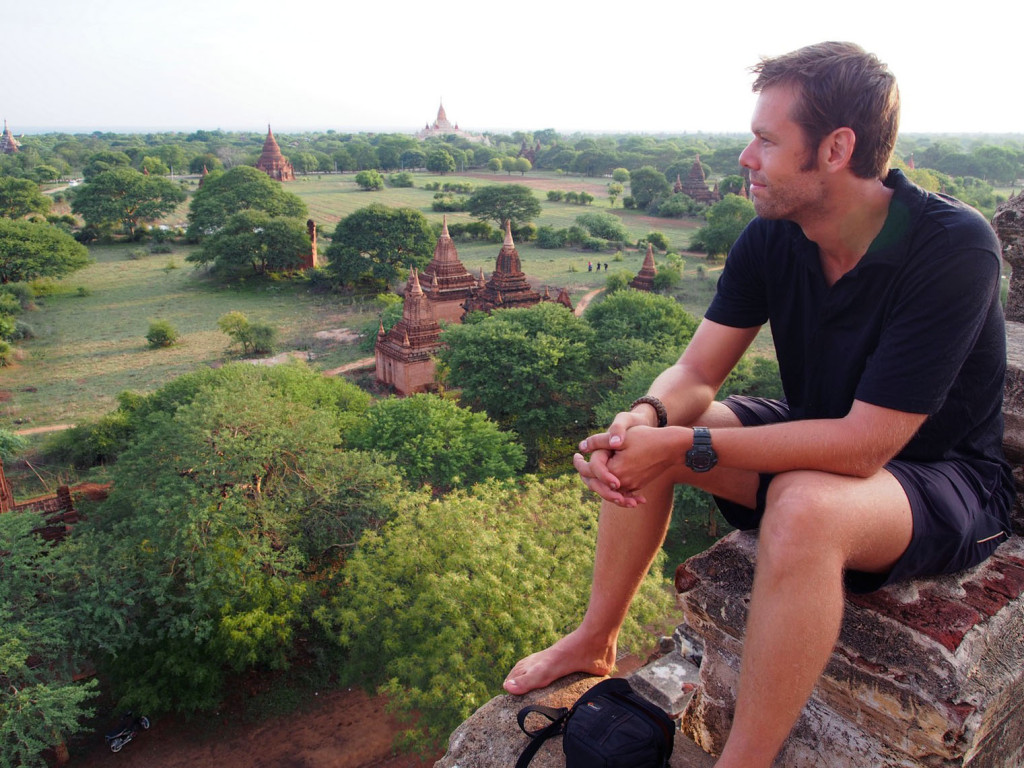
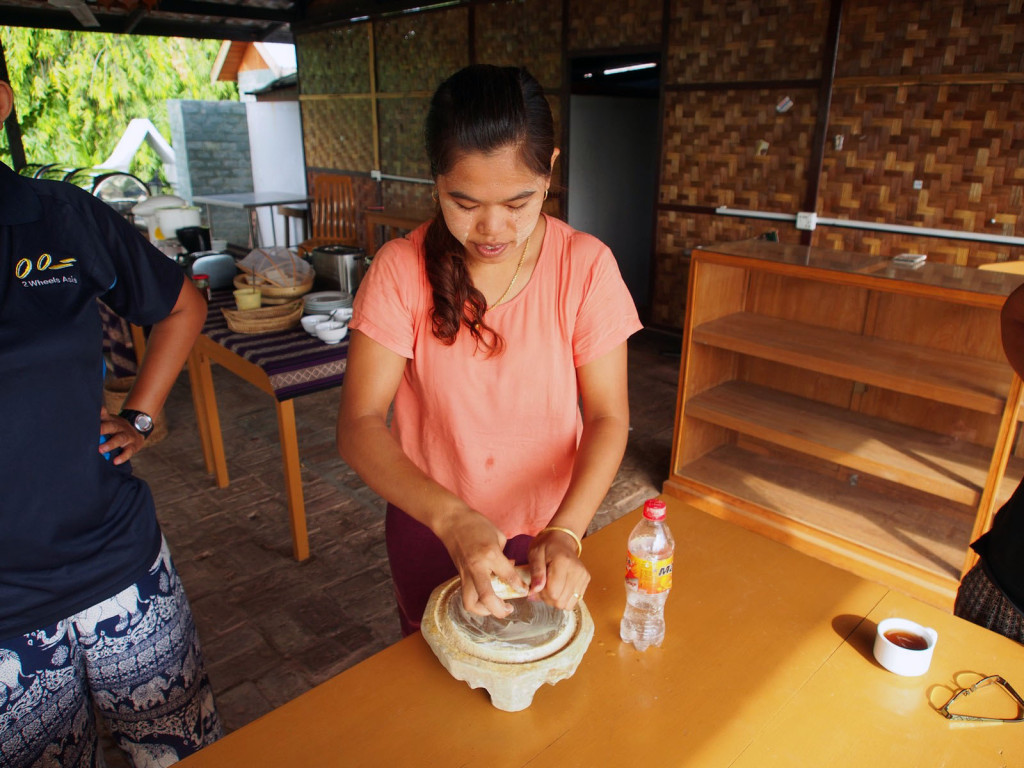
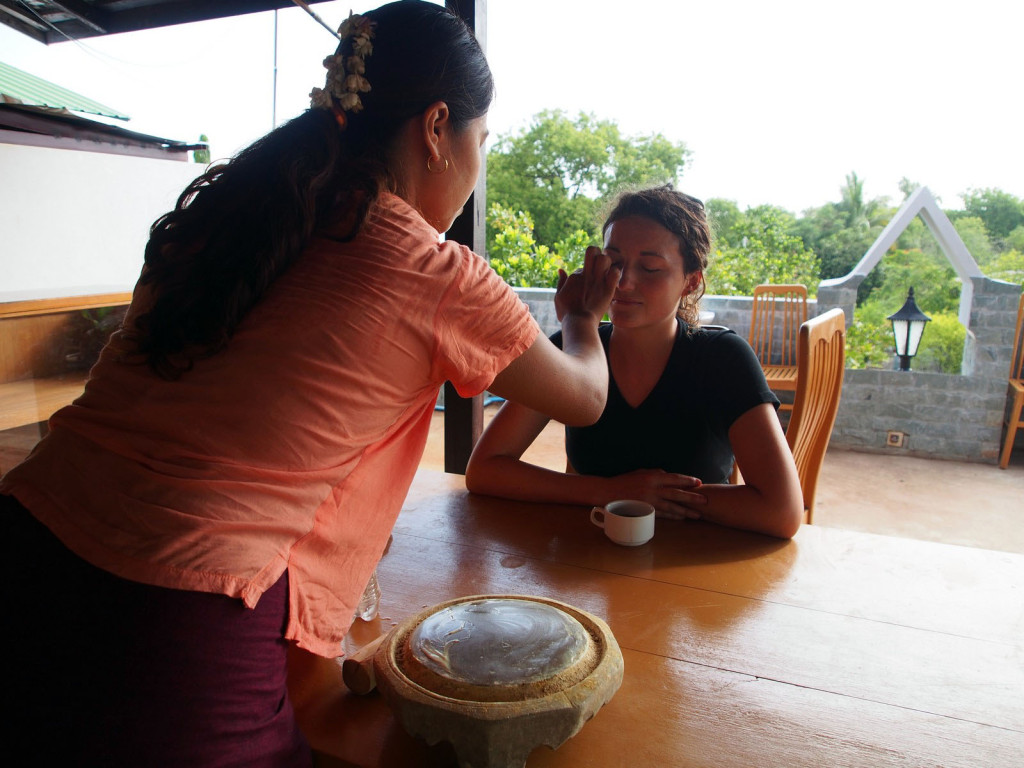
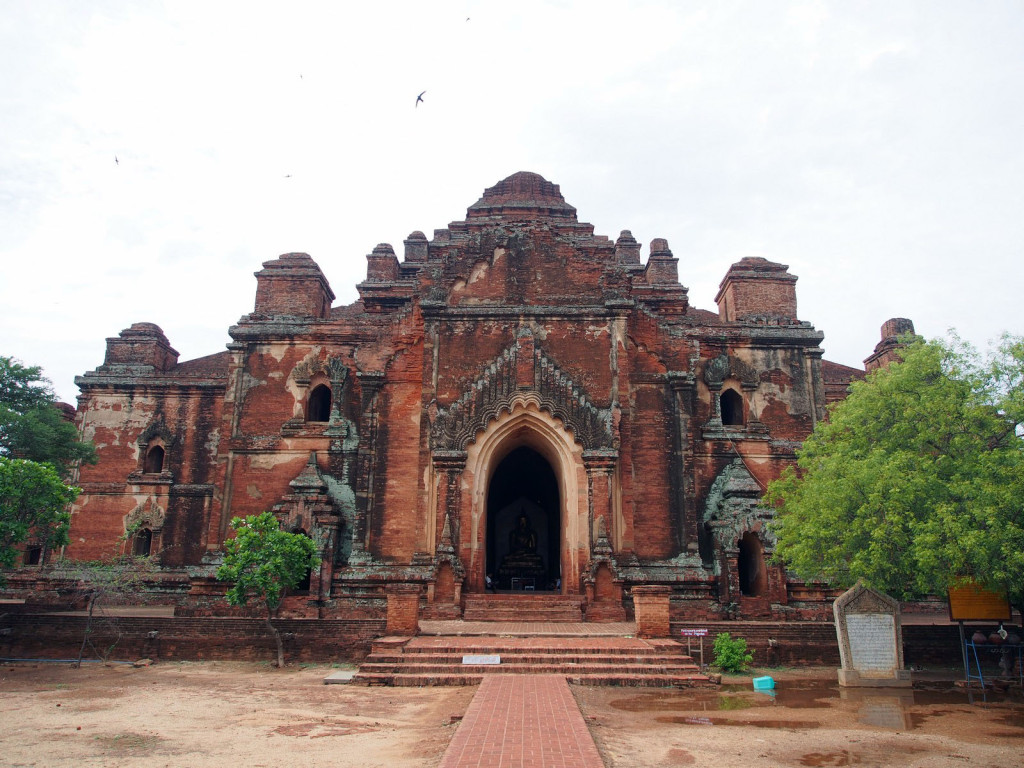
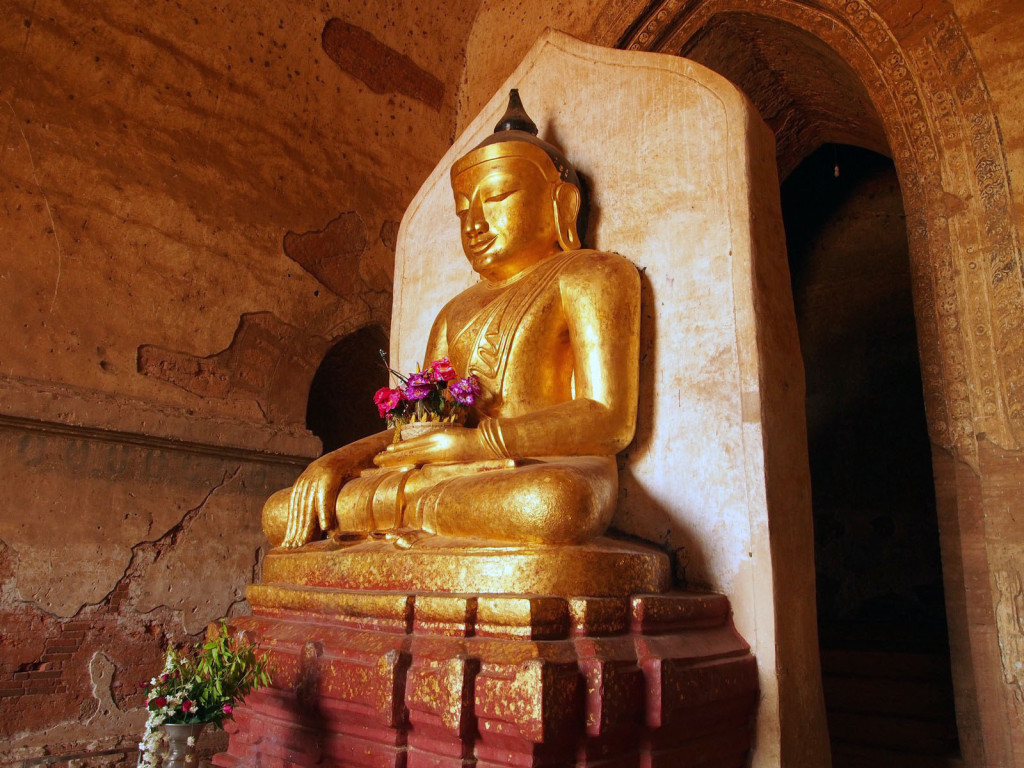
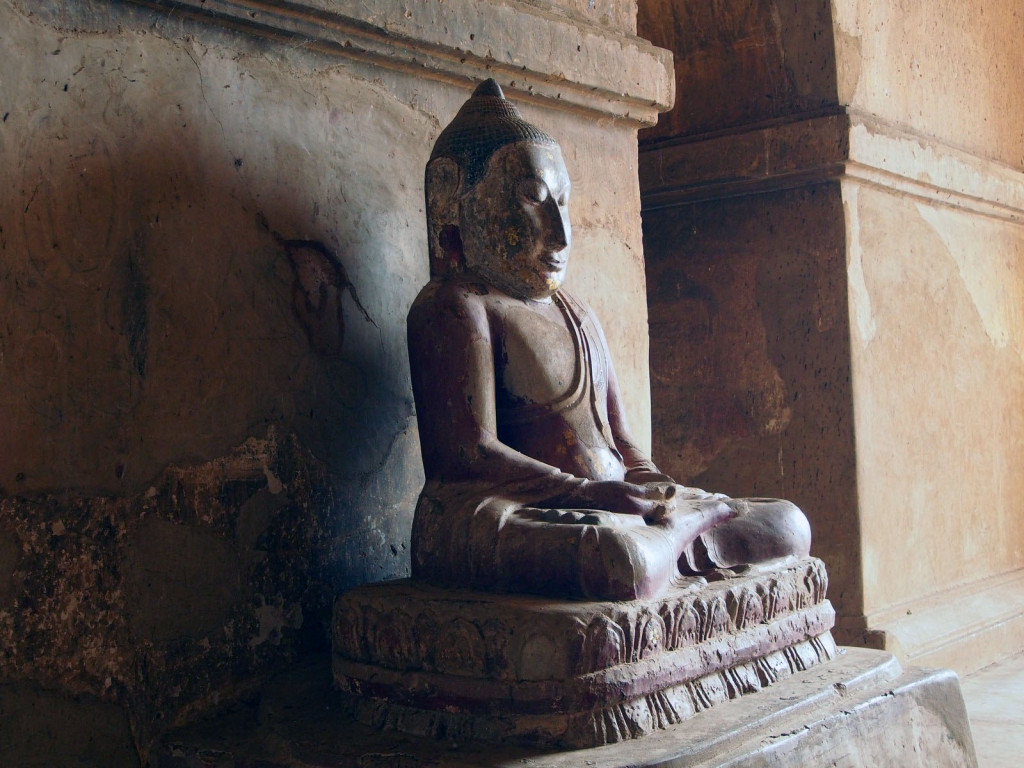
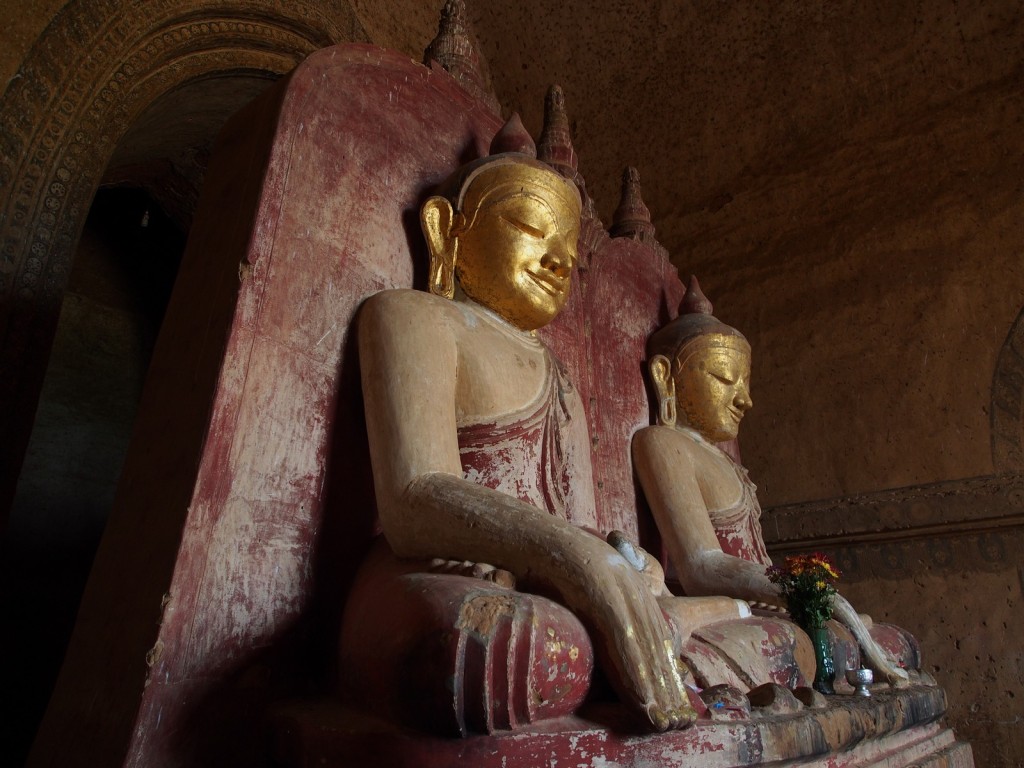
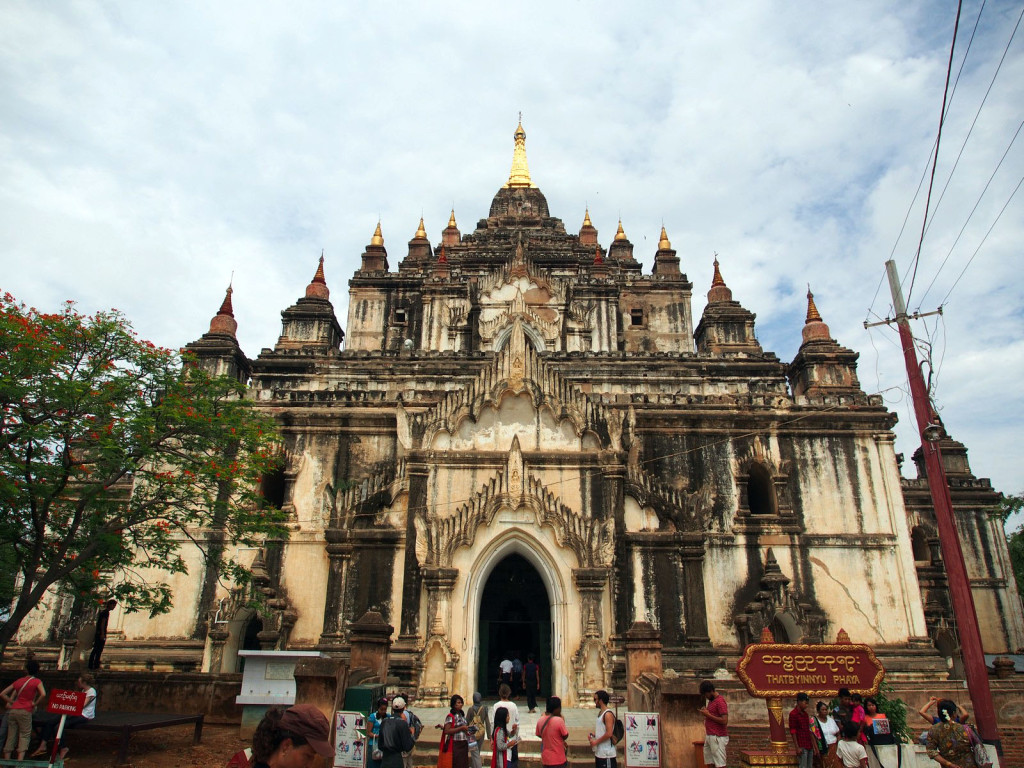
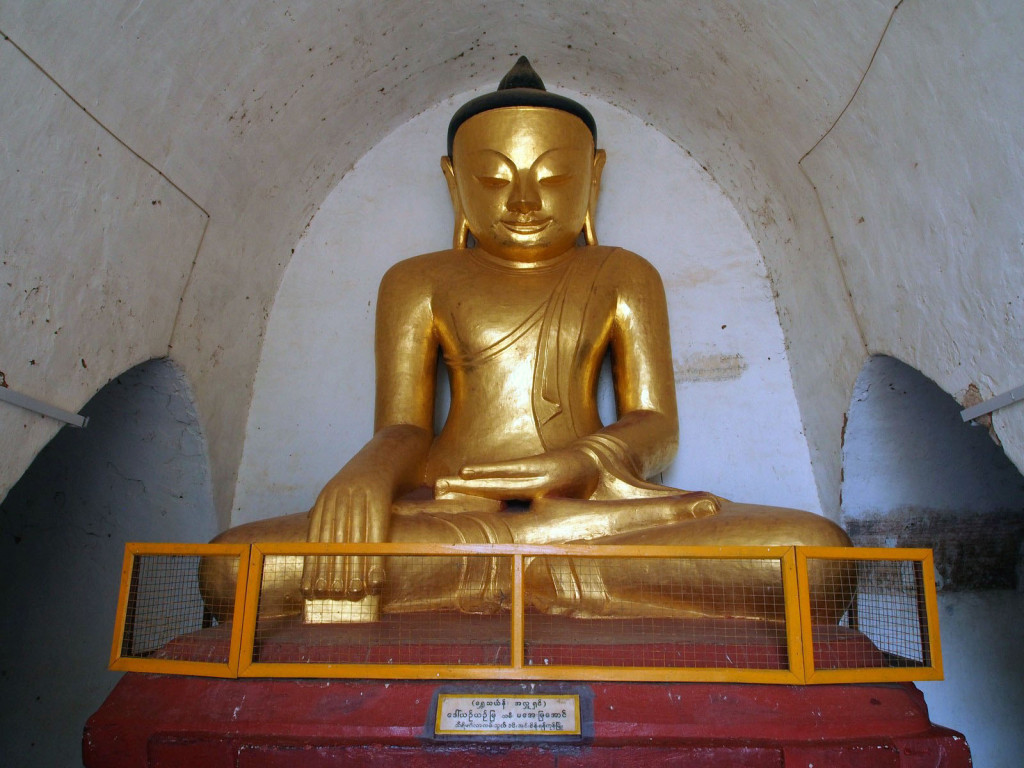

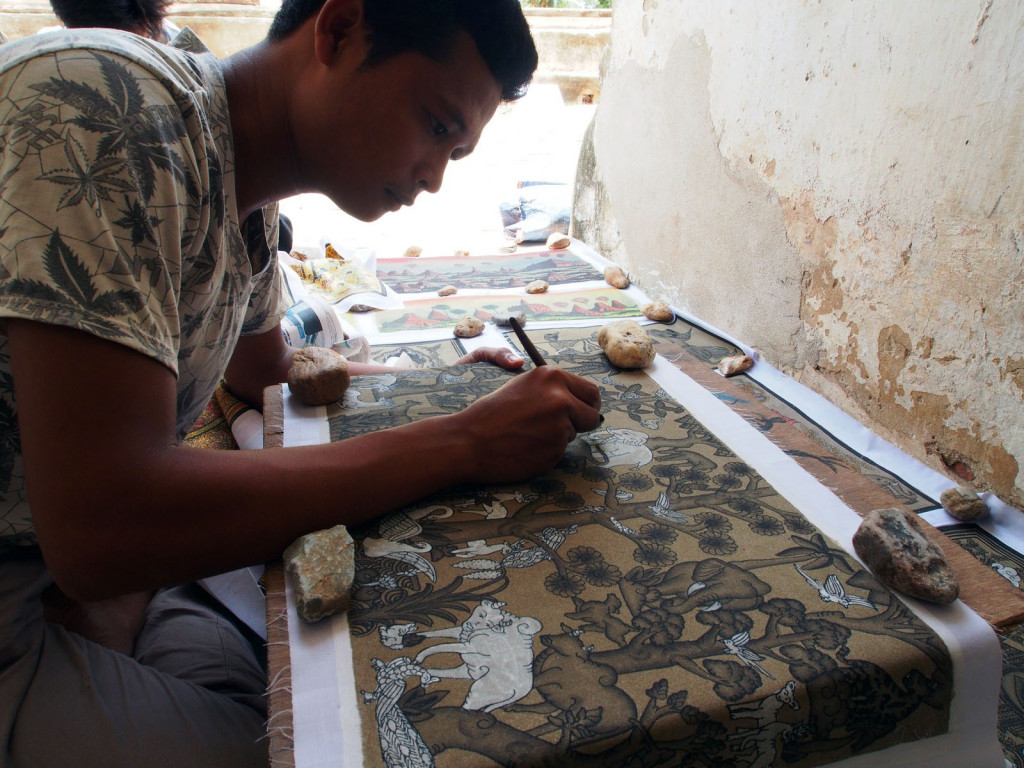
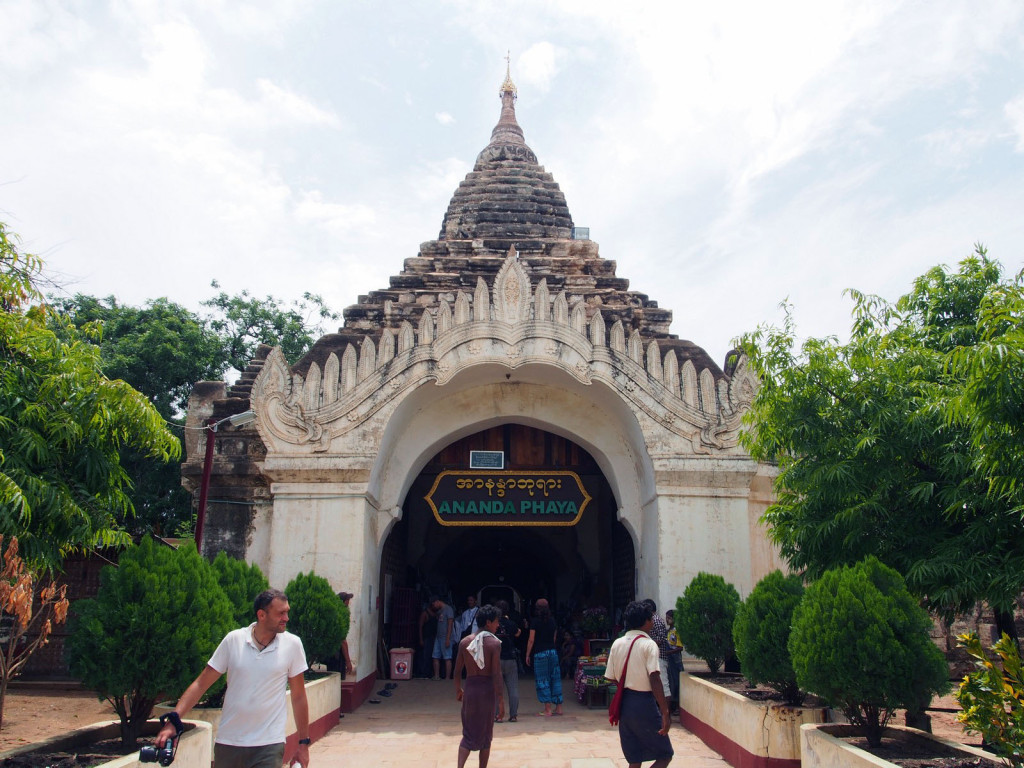
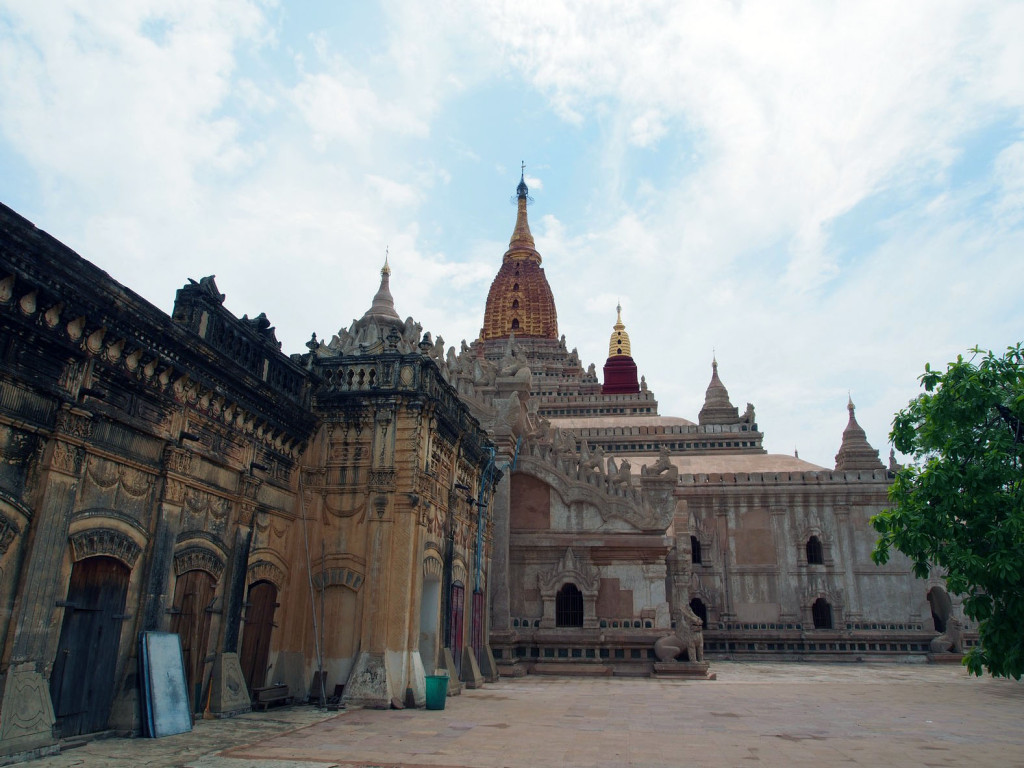
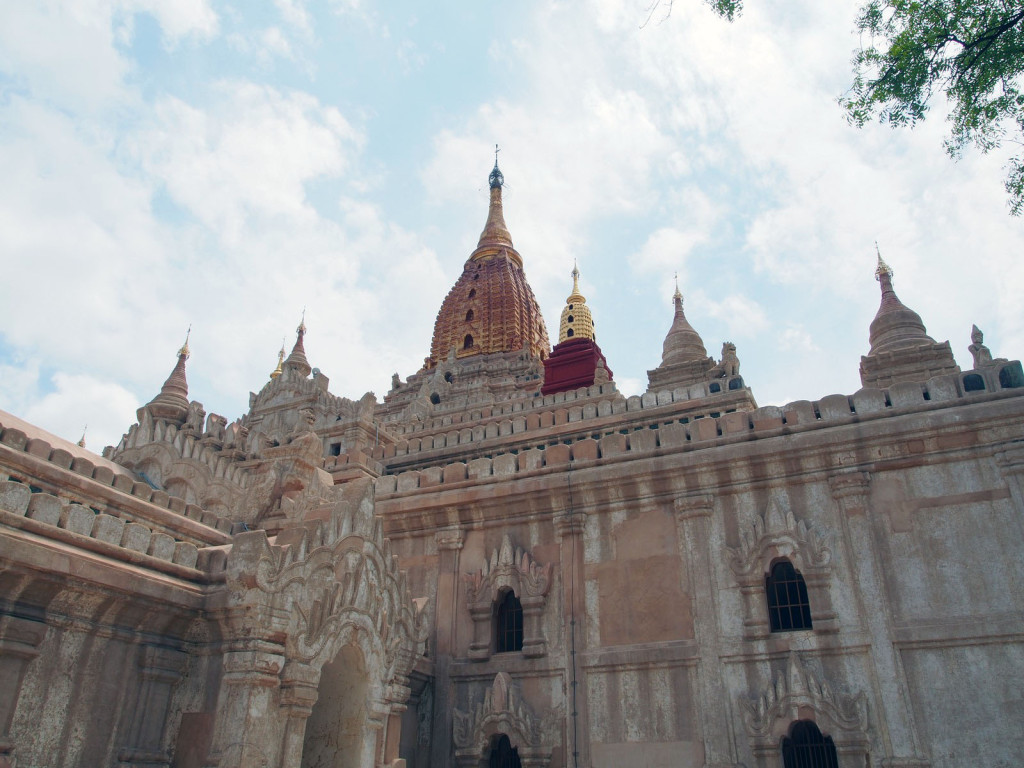
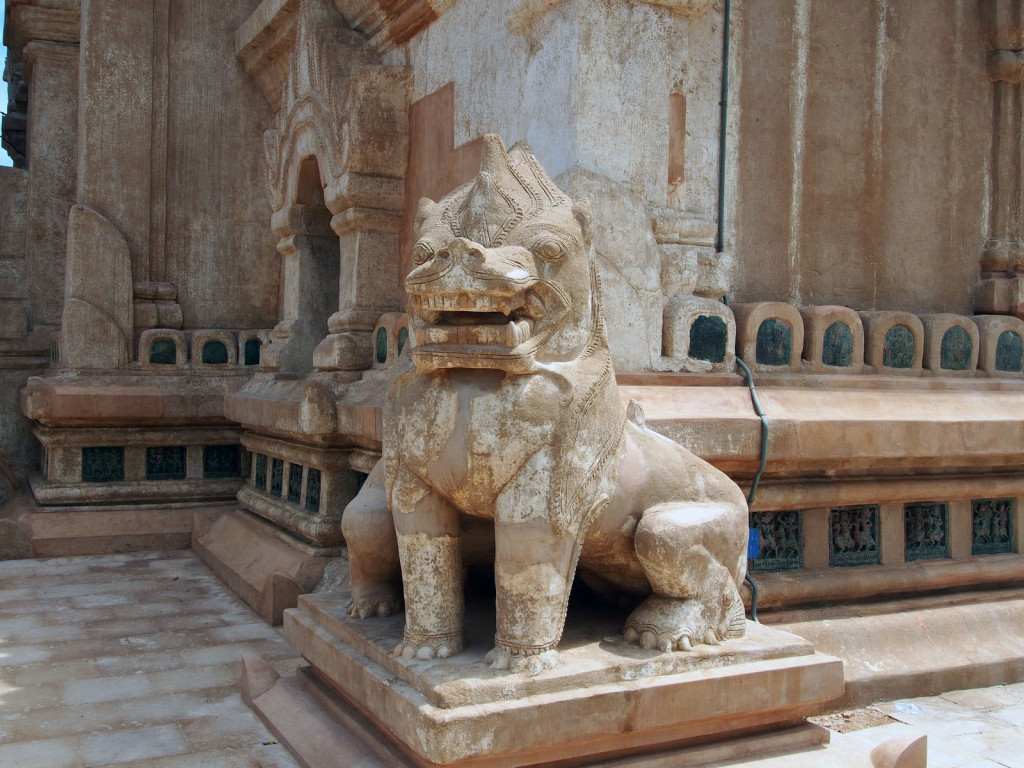

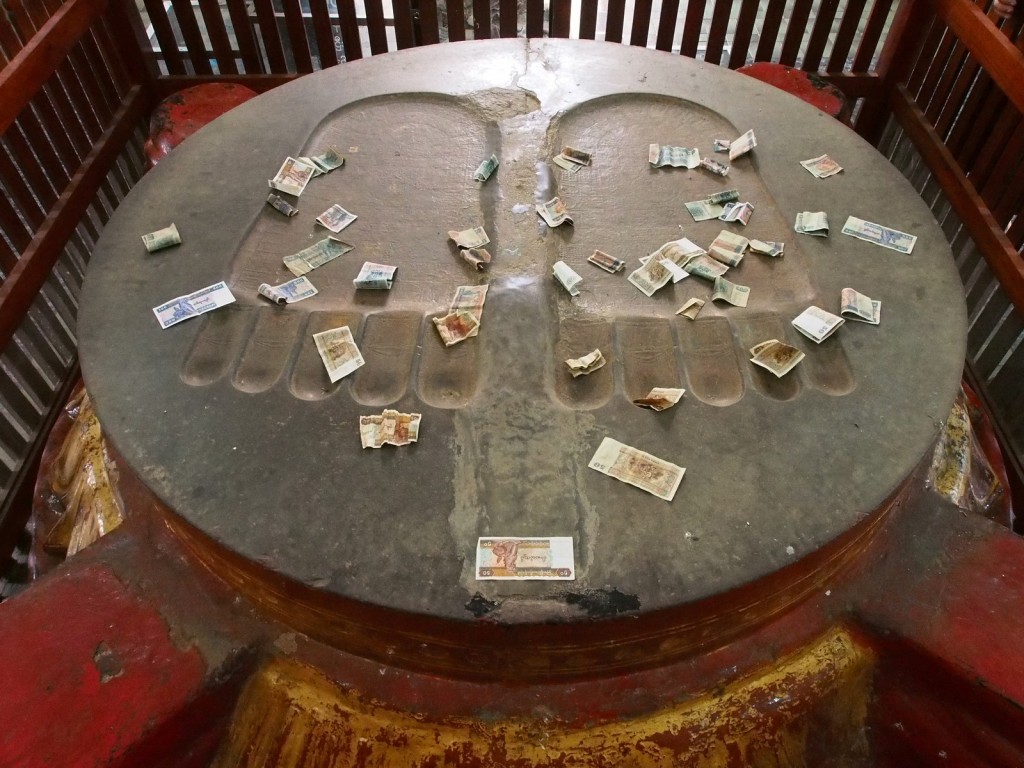
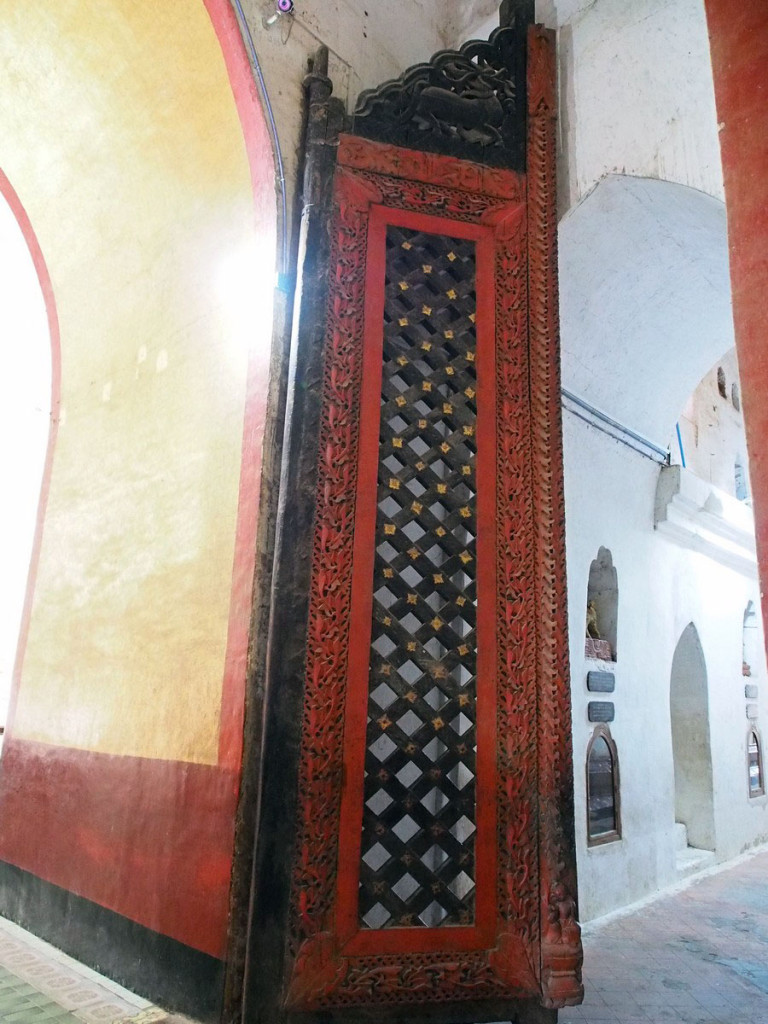
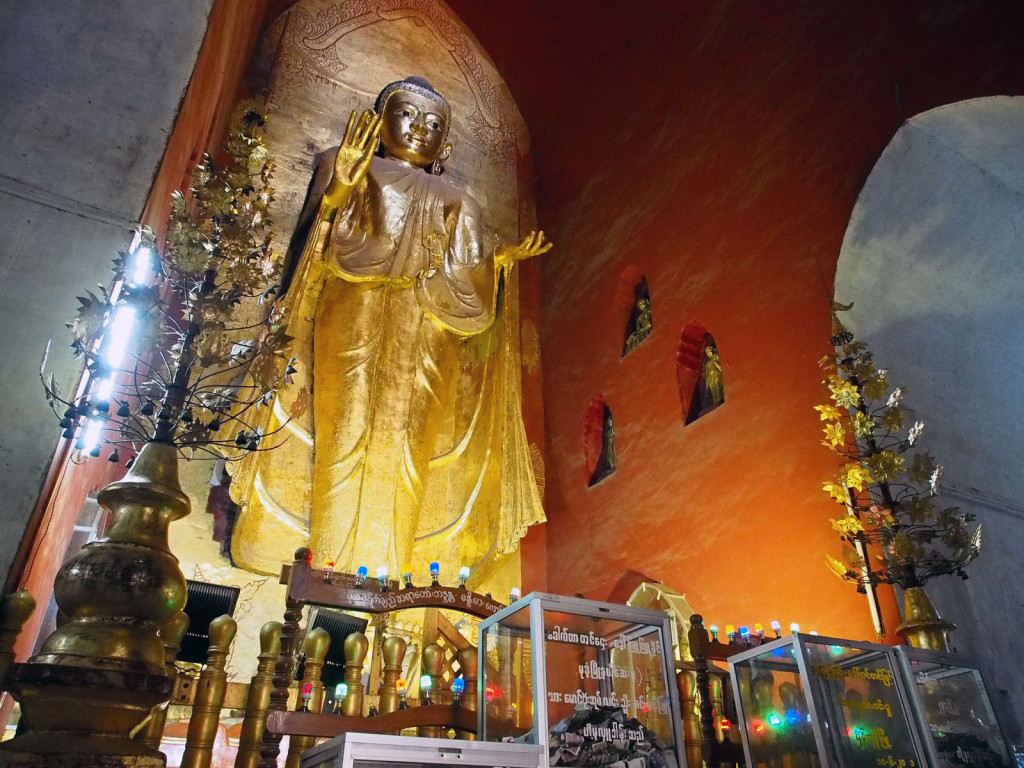
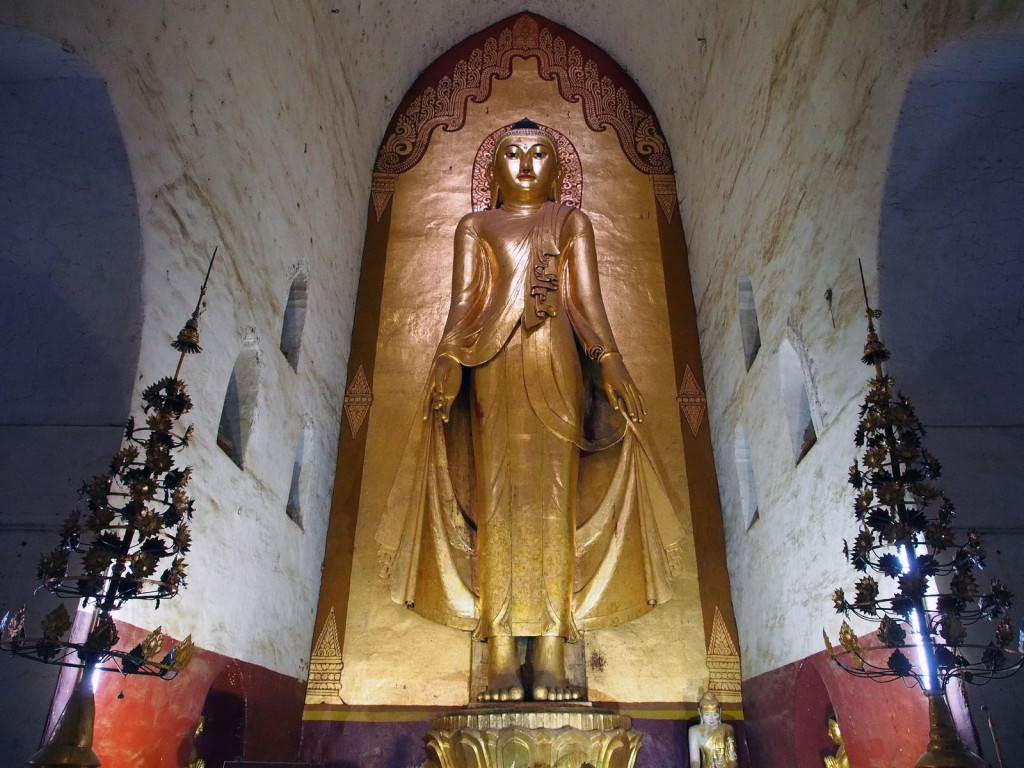
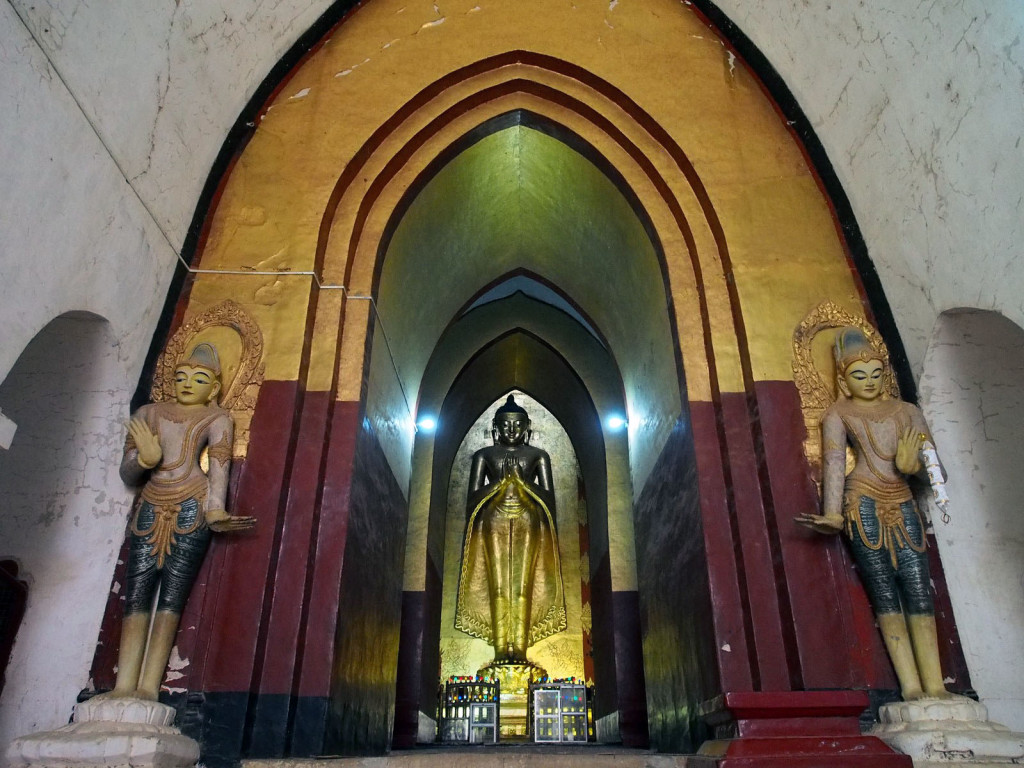
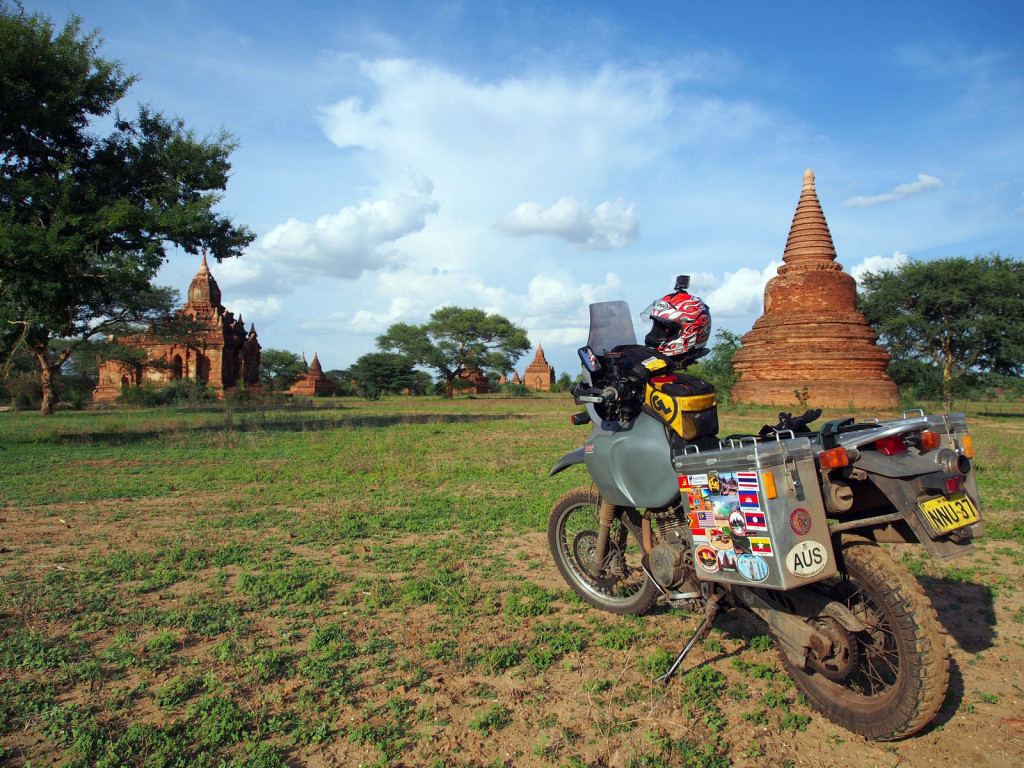
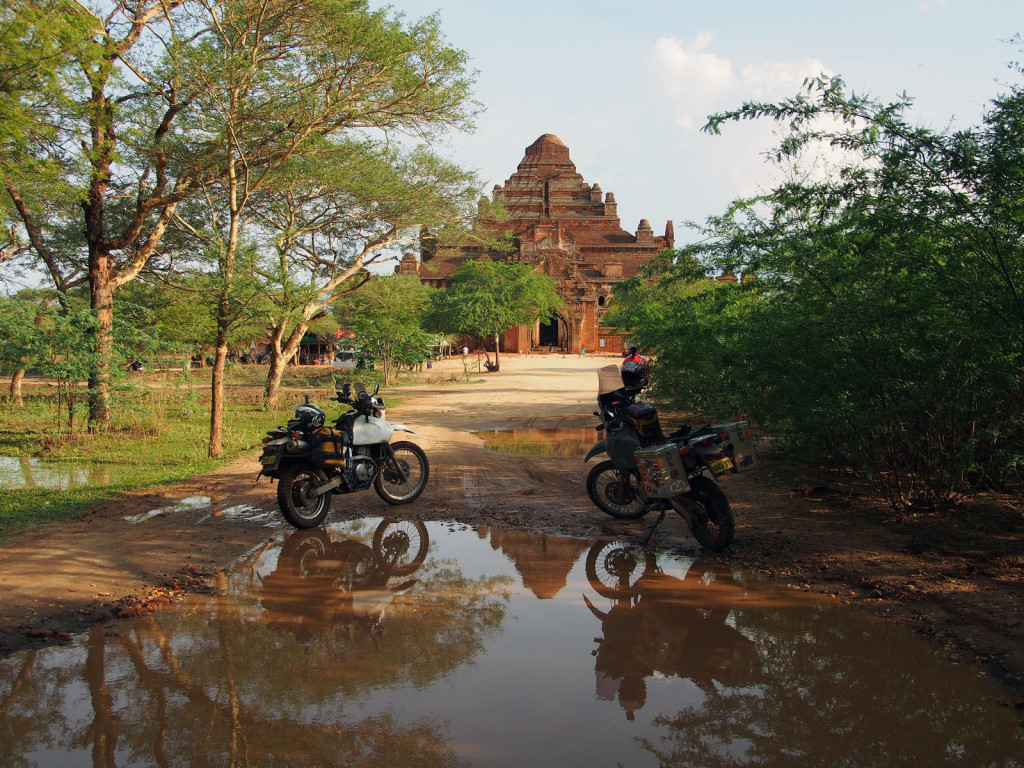
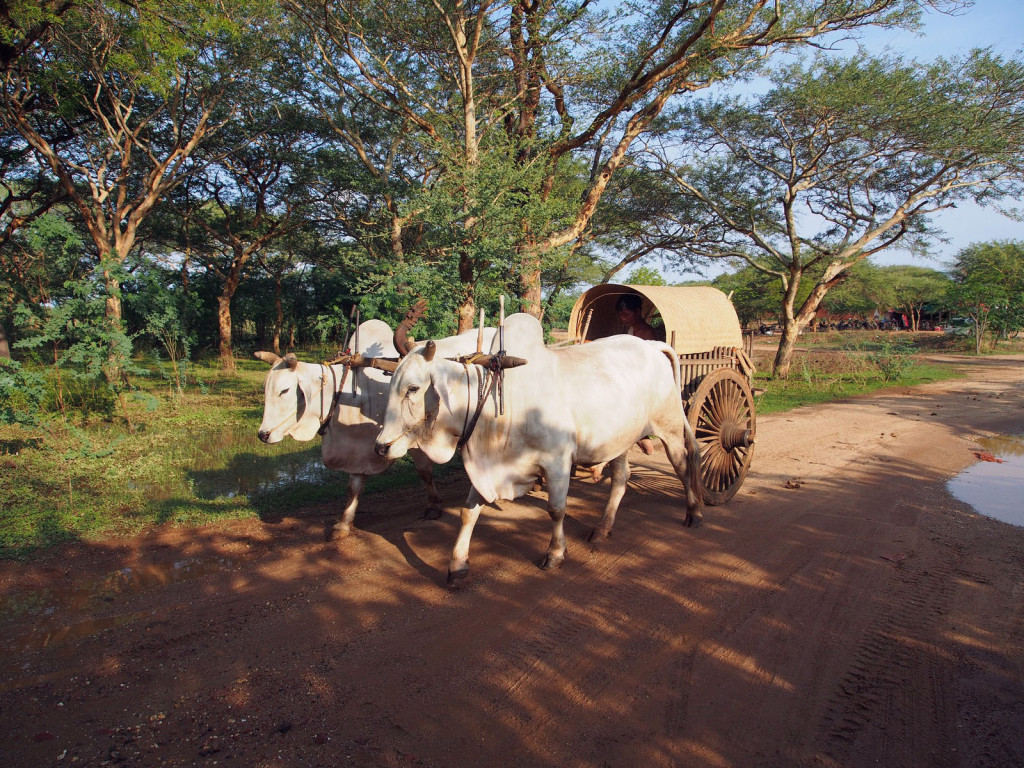
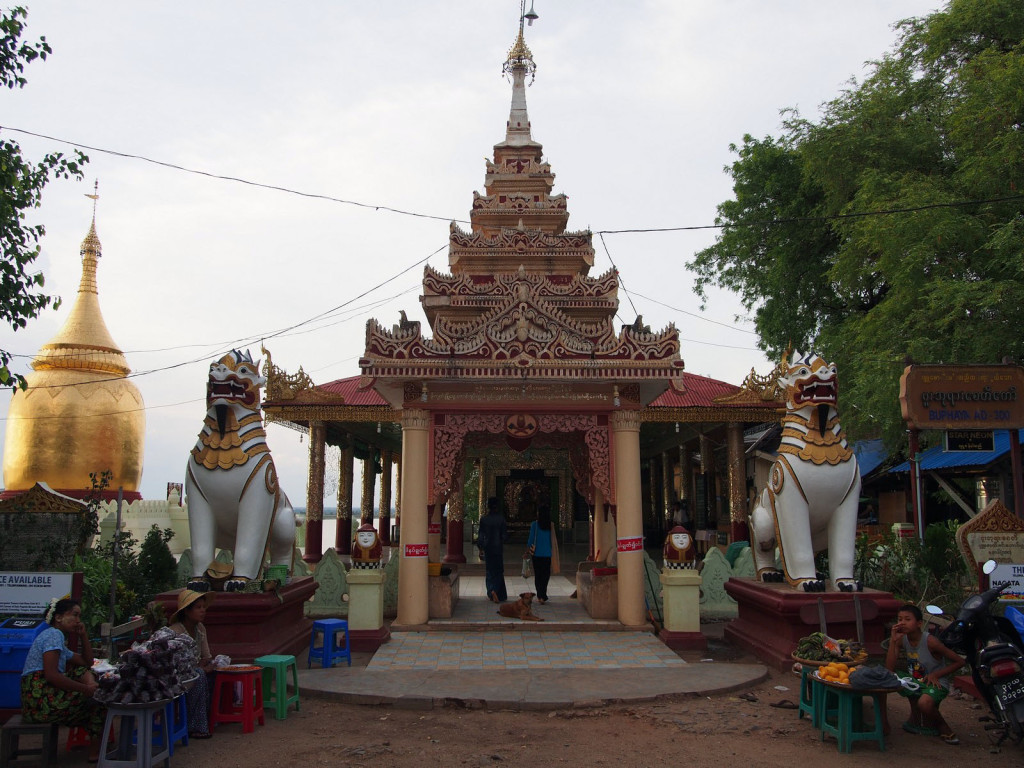
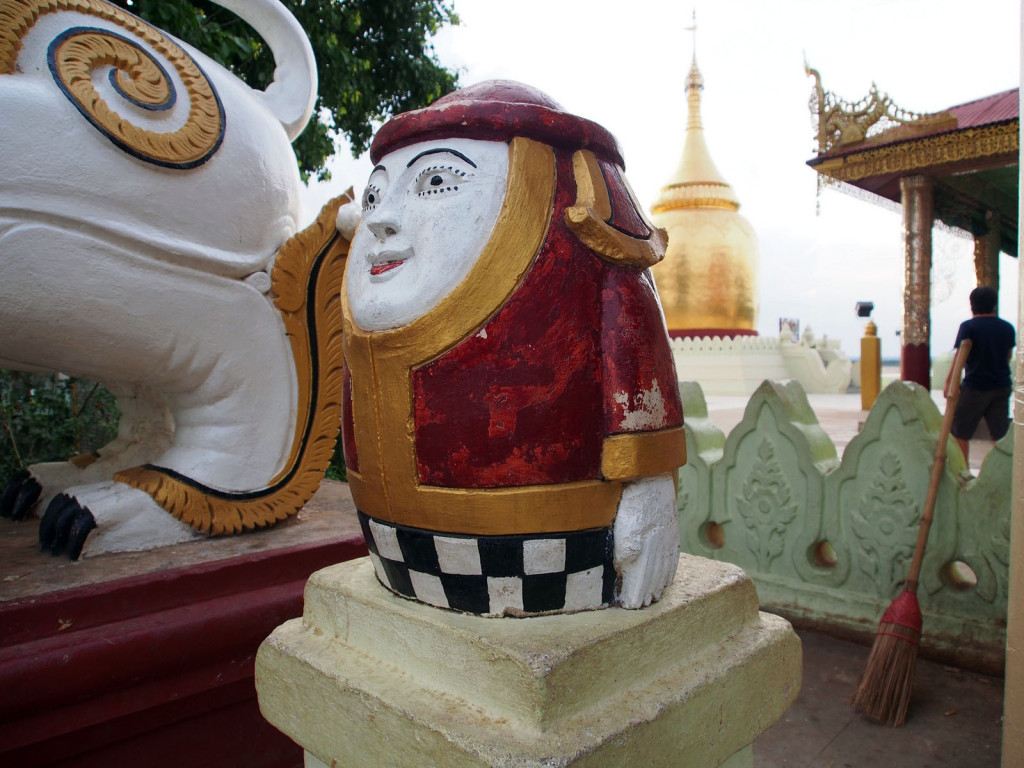
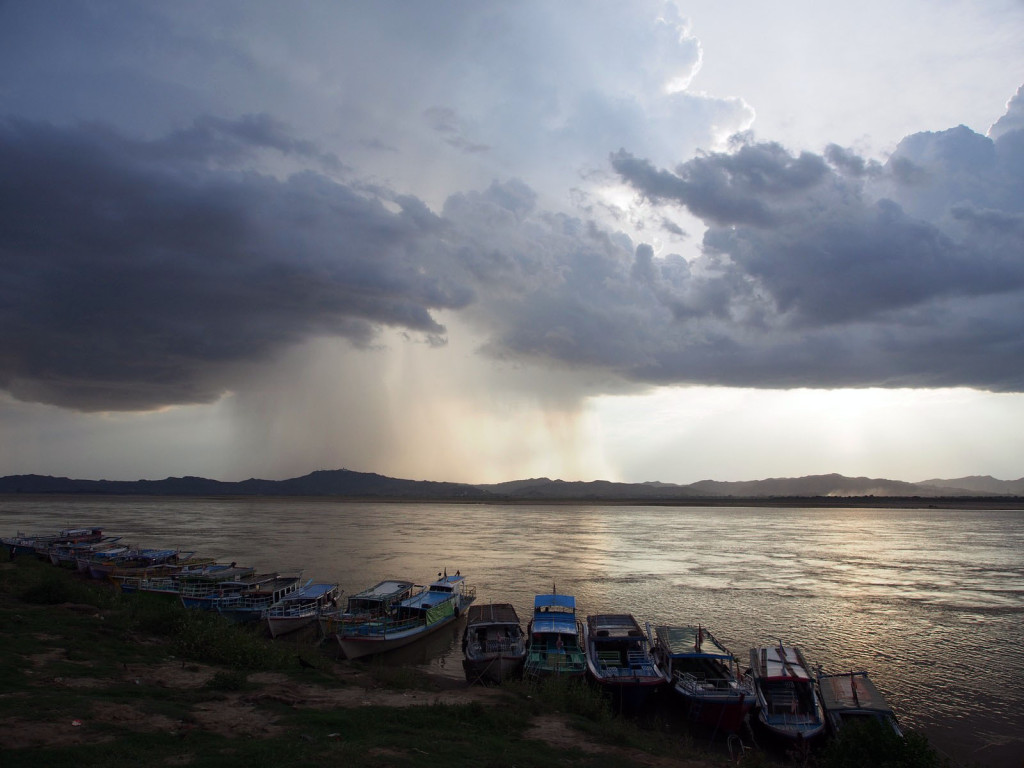
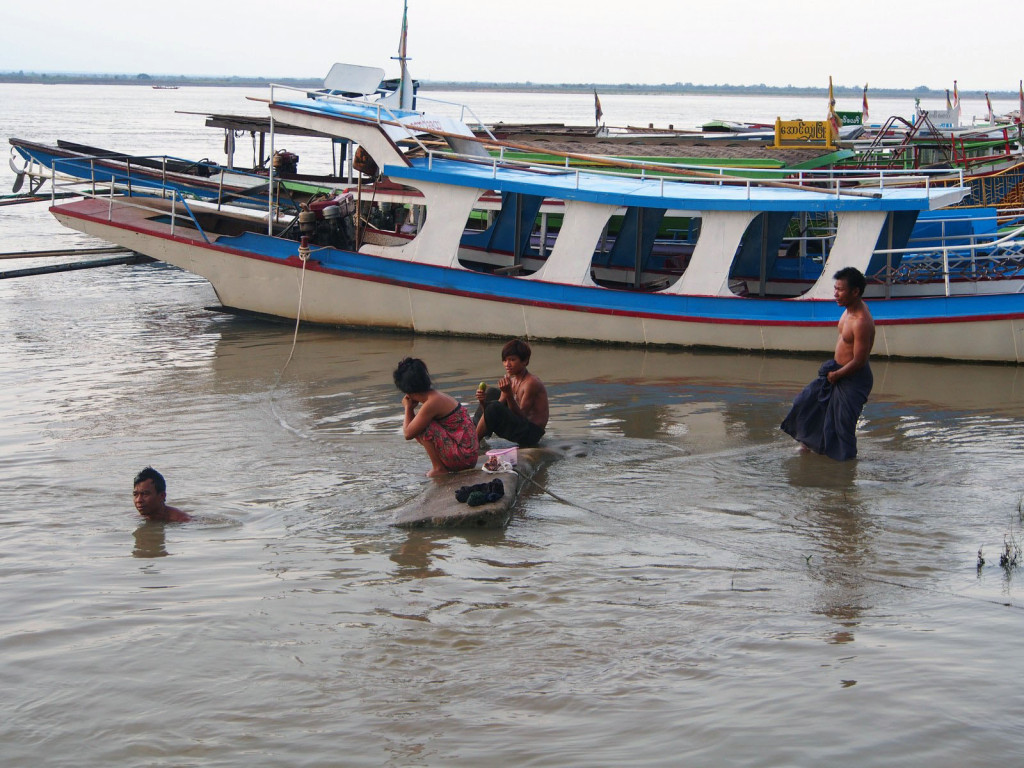
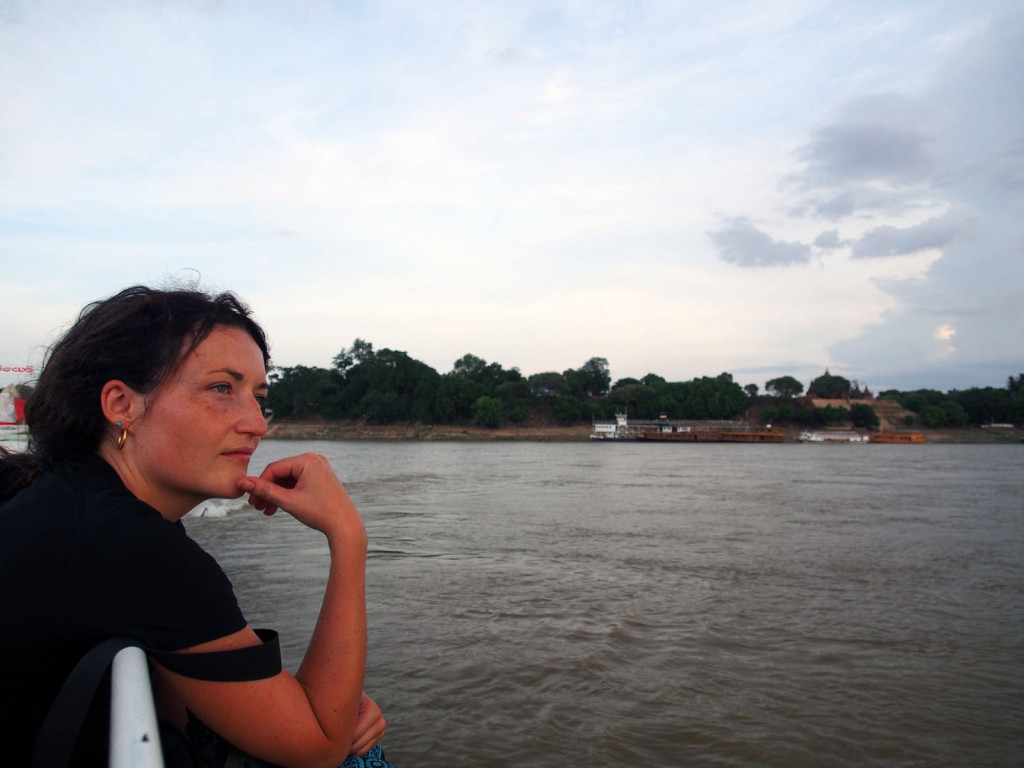
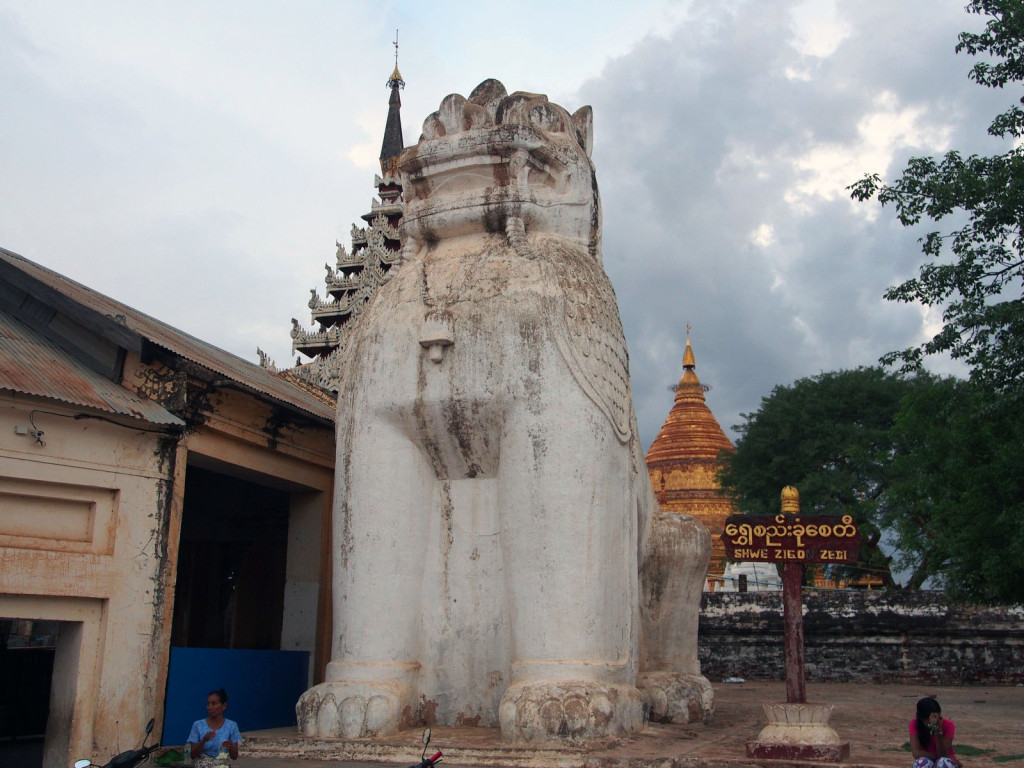
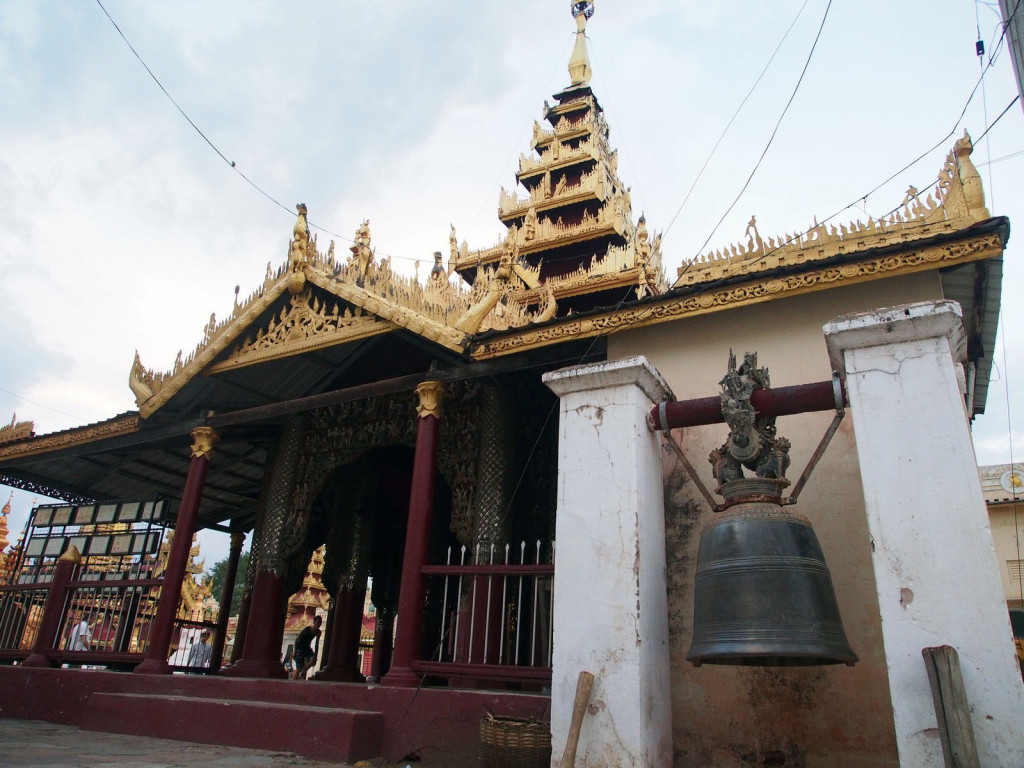
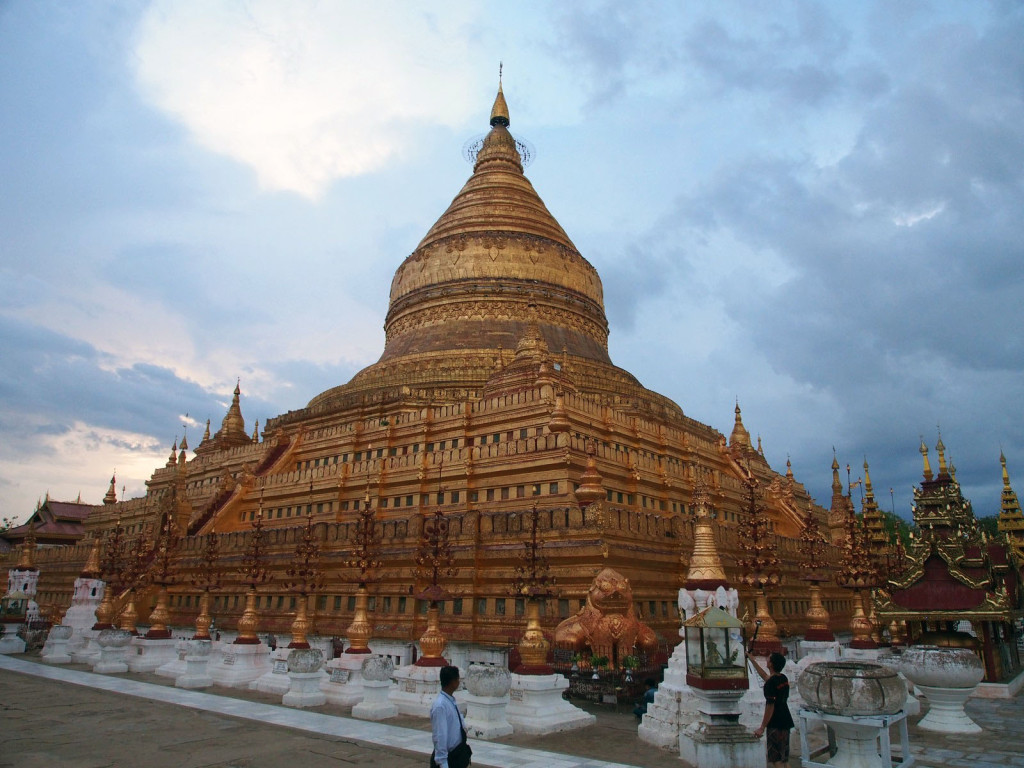
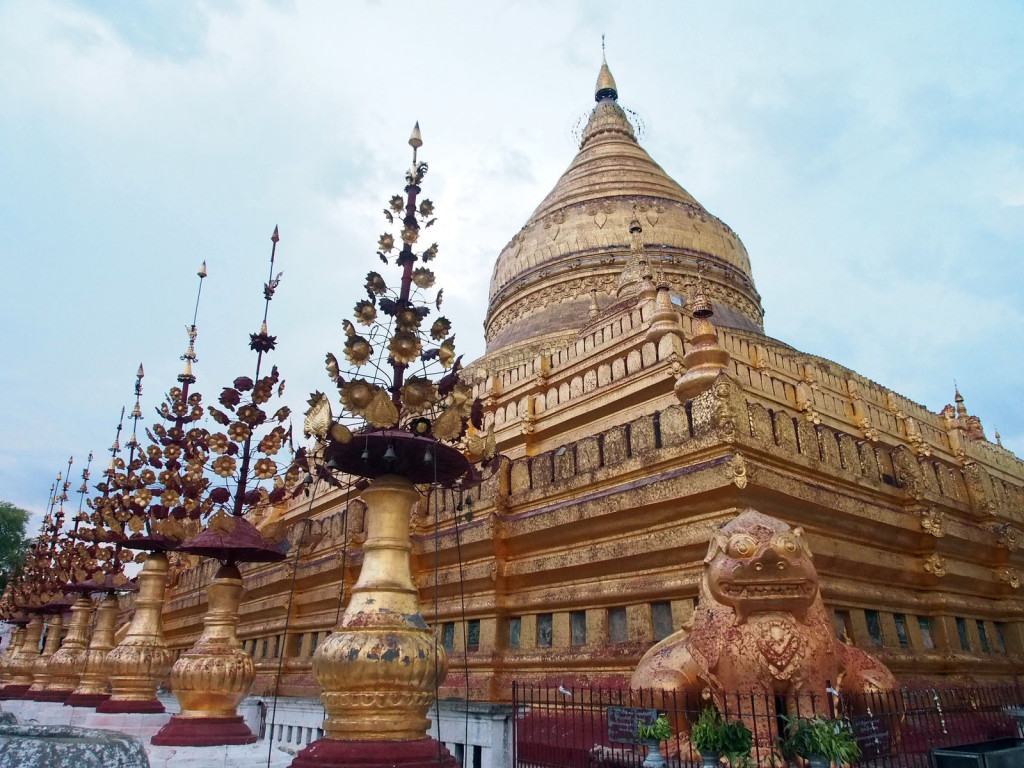
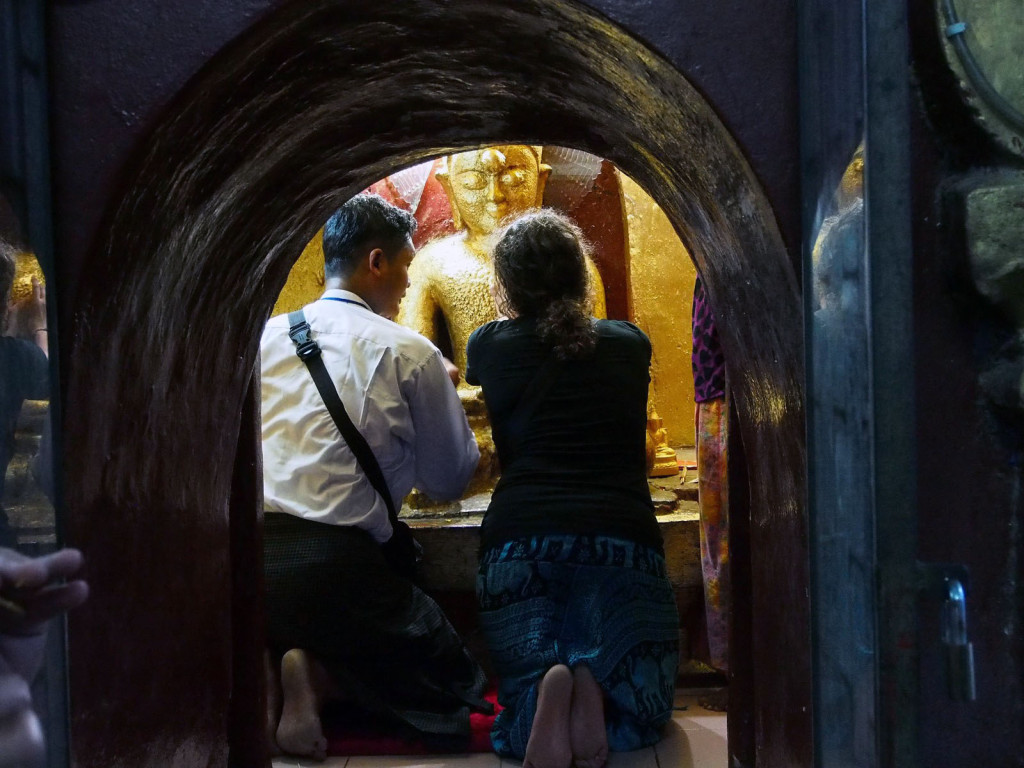
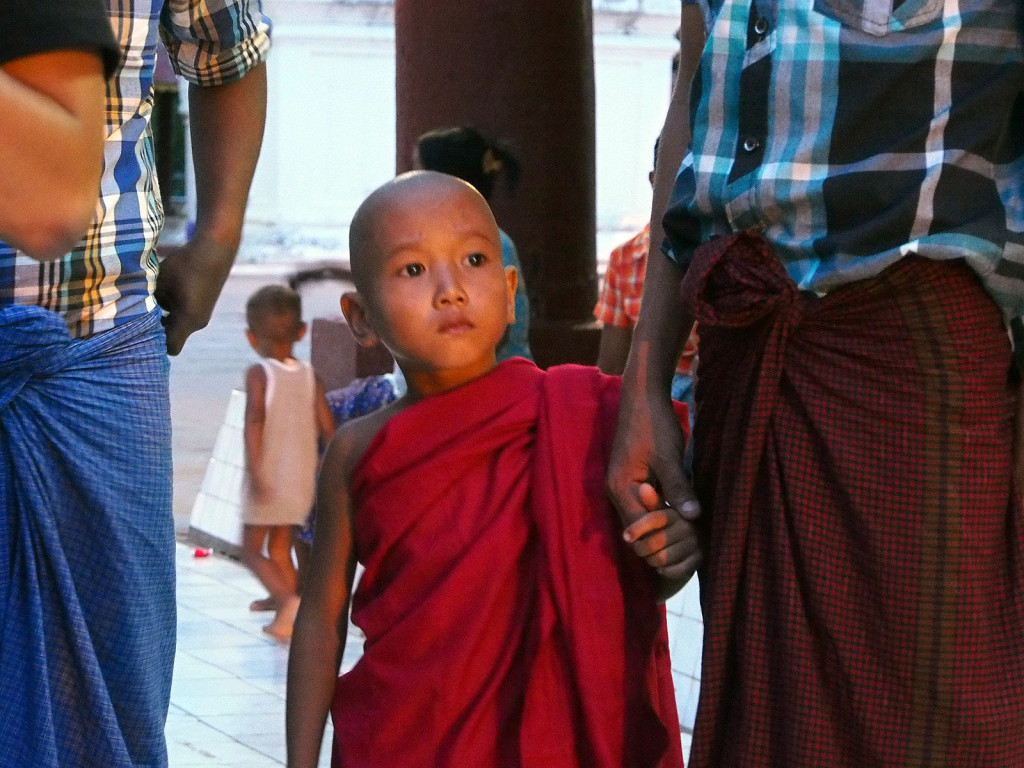
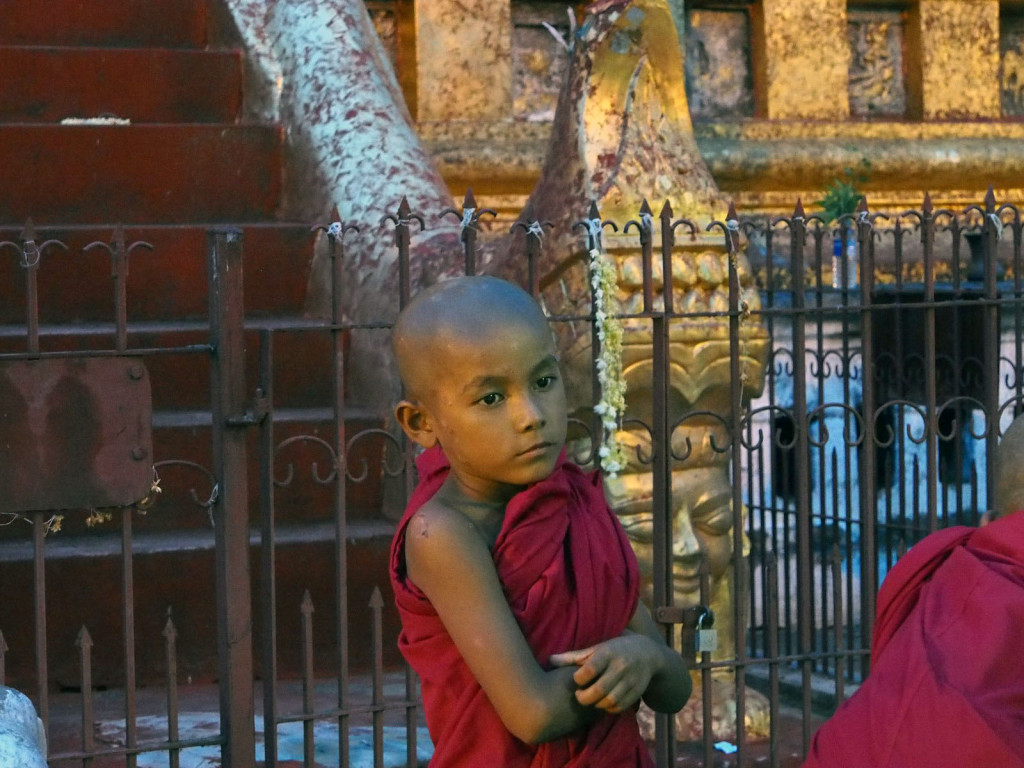
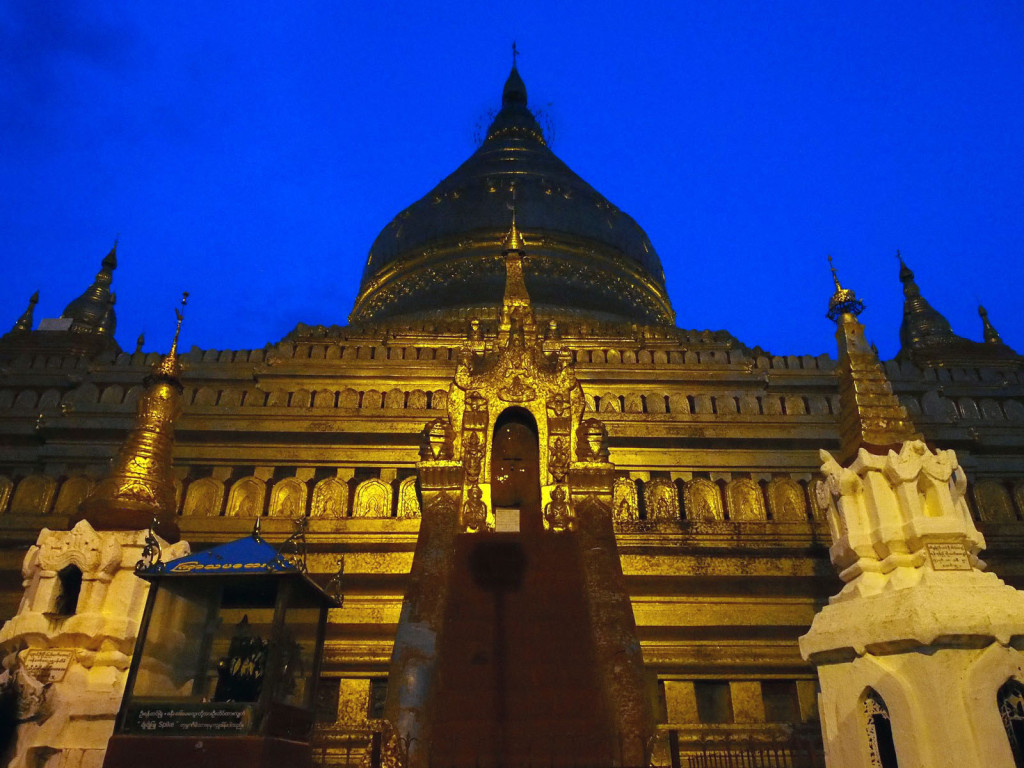
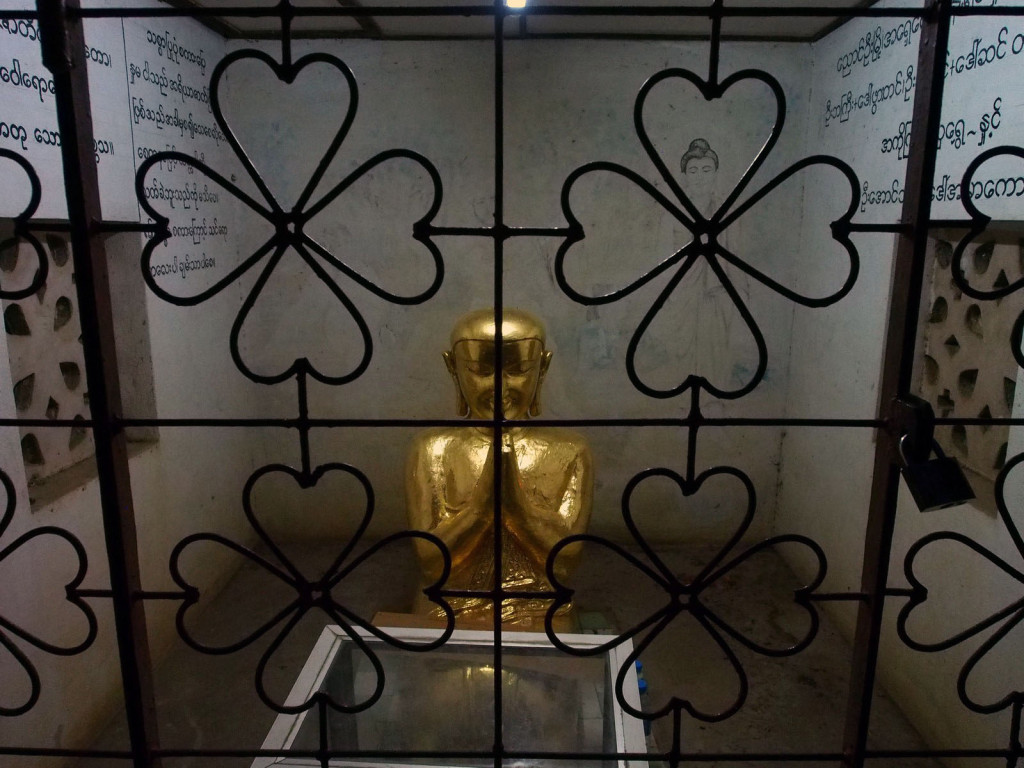
Just a question…what do you think your daily expences are in AUD? Just a rough guess would be good. And how do you get net access on the road or are you saving up for largish towns and then doing muliple uploads?
As always enjoying your travels 🙂
It’s very difficult to estimate costs because they change per country, per region, and depending on how little luxury you can stand. Most of the costs boil down to petrol (pretty constant), accommodation (usually quite cheap) and food (usually costs as much if not more than accomodation, unless you really love plain boiled rice). Most of the time reasonable accomodation can be found for around $10-15USD per night, food is about the same. The changing costs are things like visas, tourist attractions, souvenirs etc.
As for internet, almost every hotel in every place we’ve been to so far has had Wifi. Sometimes it’s atrociously slow or unreliable, but it’s there. We also usually buy a local sim card and load it up with 3G, the data costs are actually cheaper than at home! (ie for India, sim card 200RP (=$4AUD), 2GB of data 500RP ($10AUD).
nice this it a good article from cultur of budas in thailand great